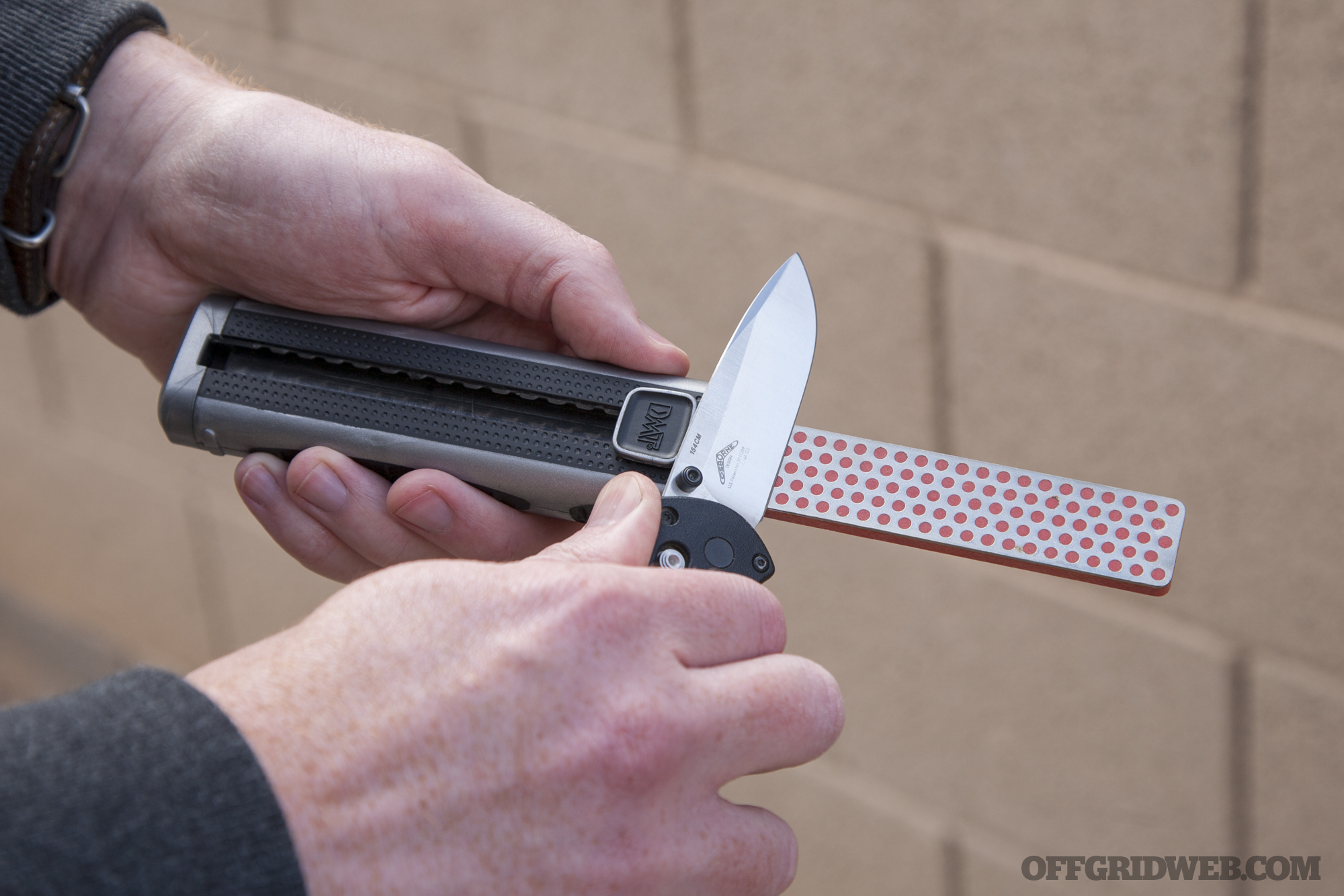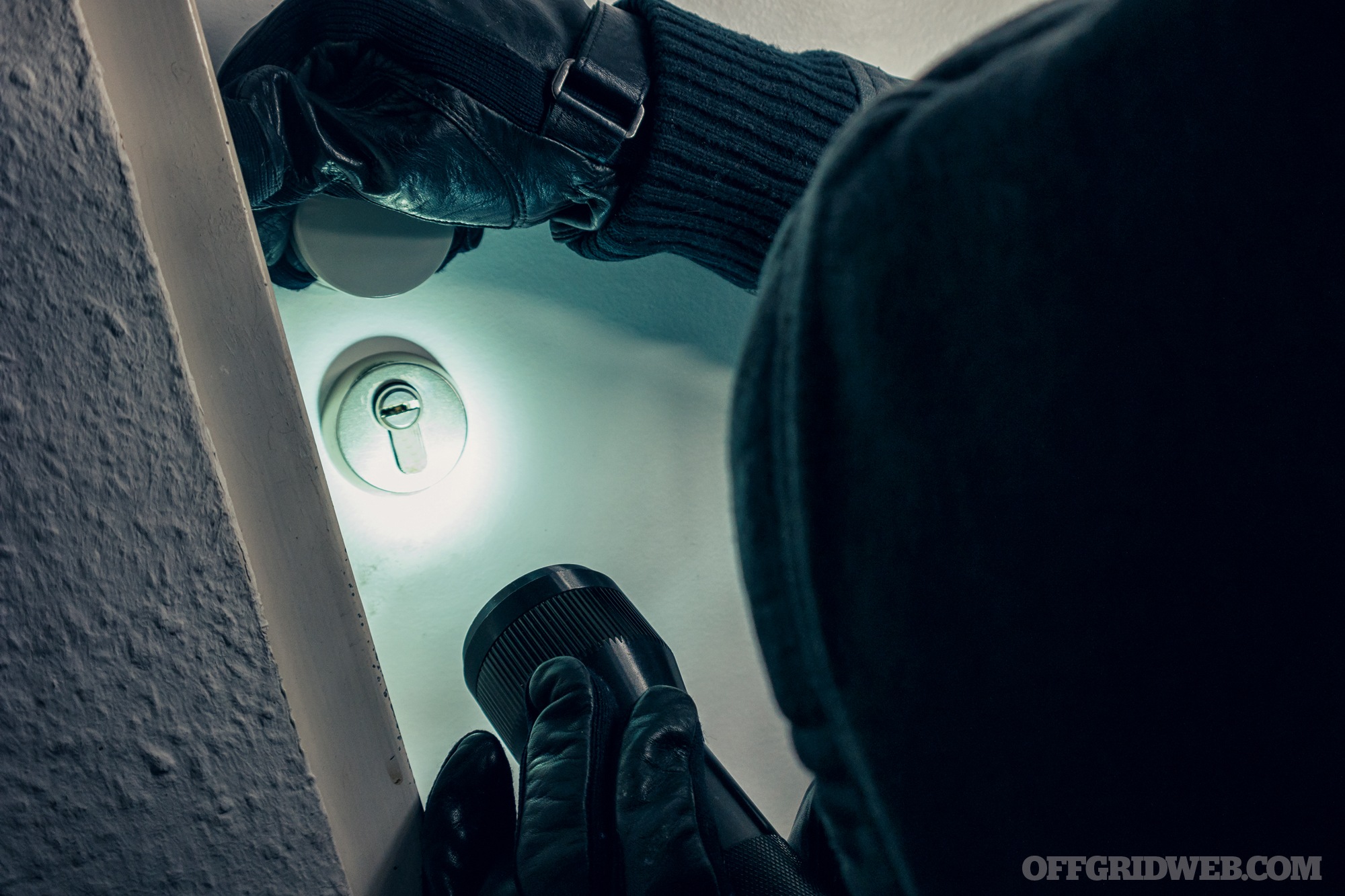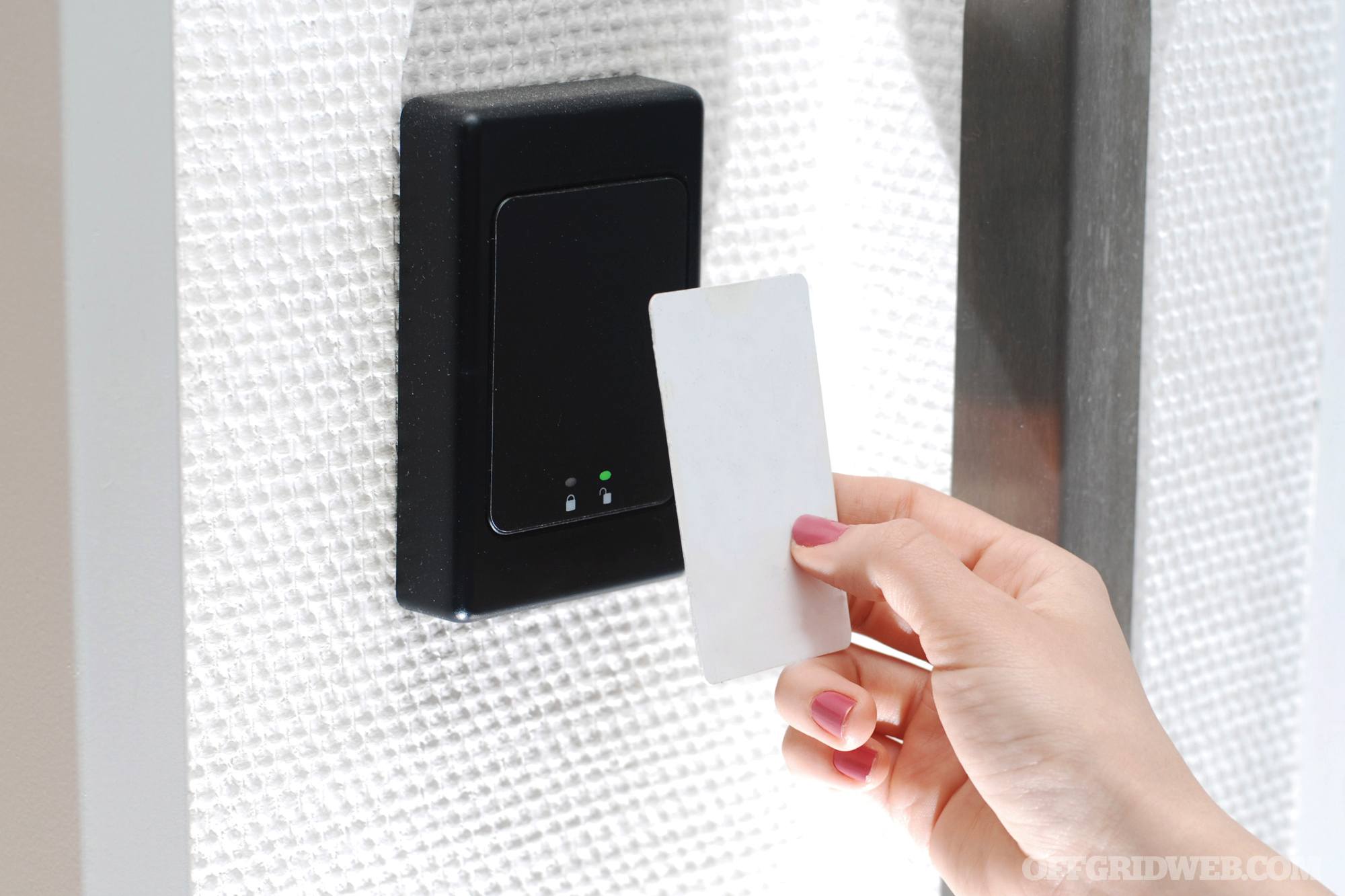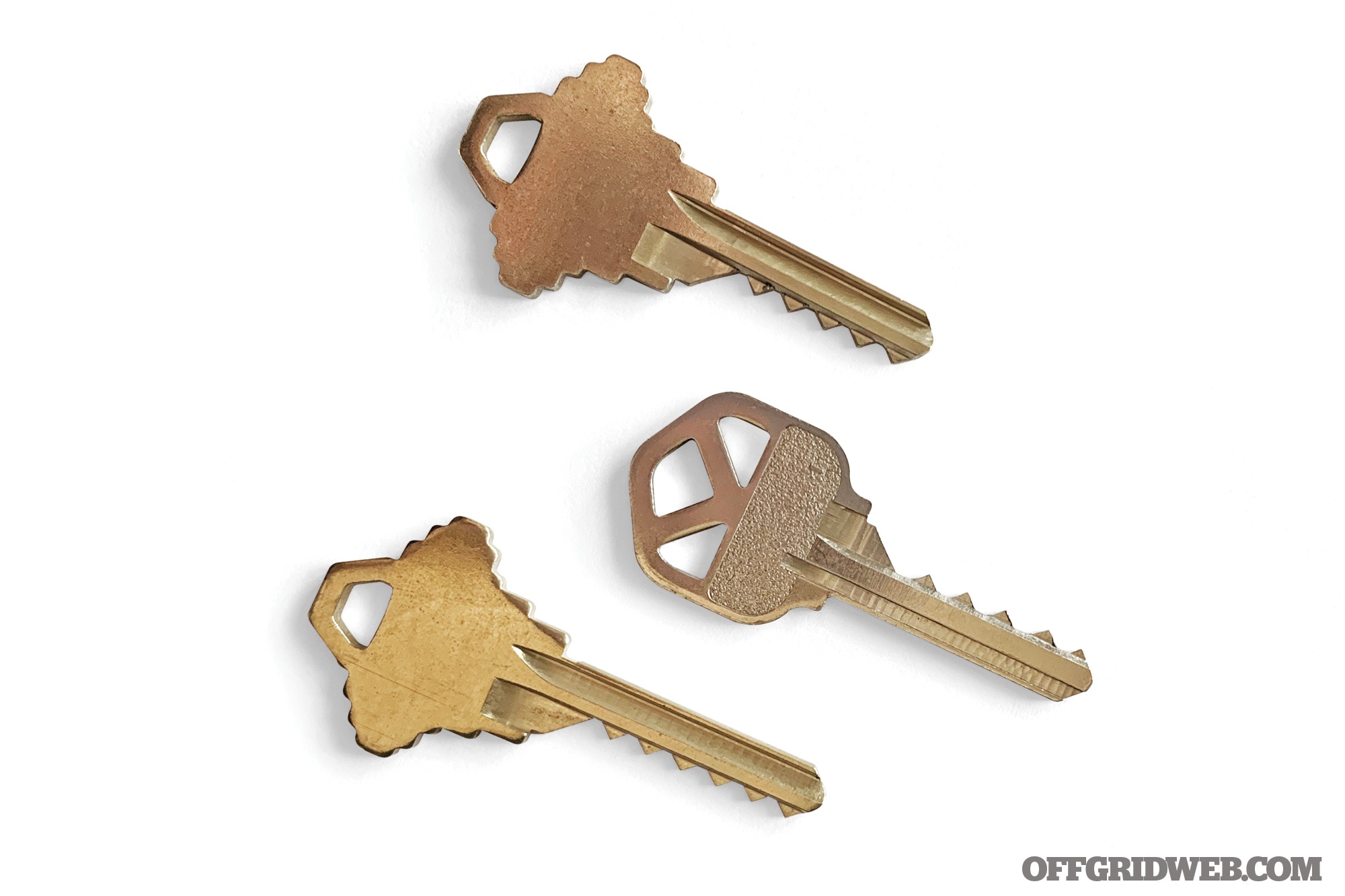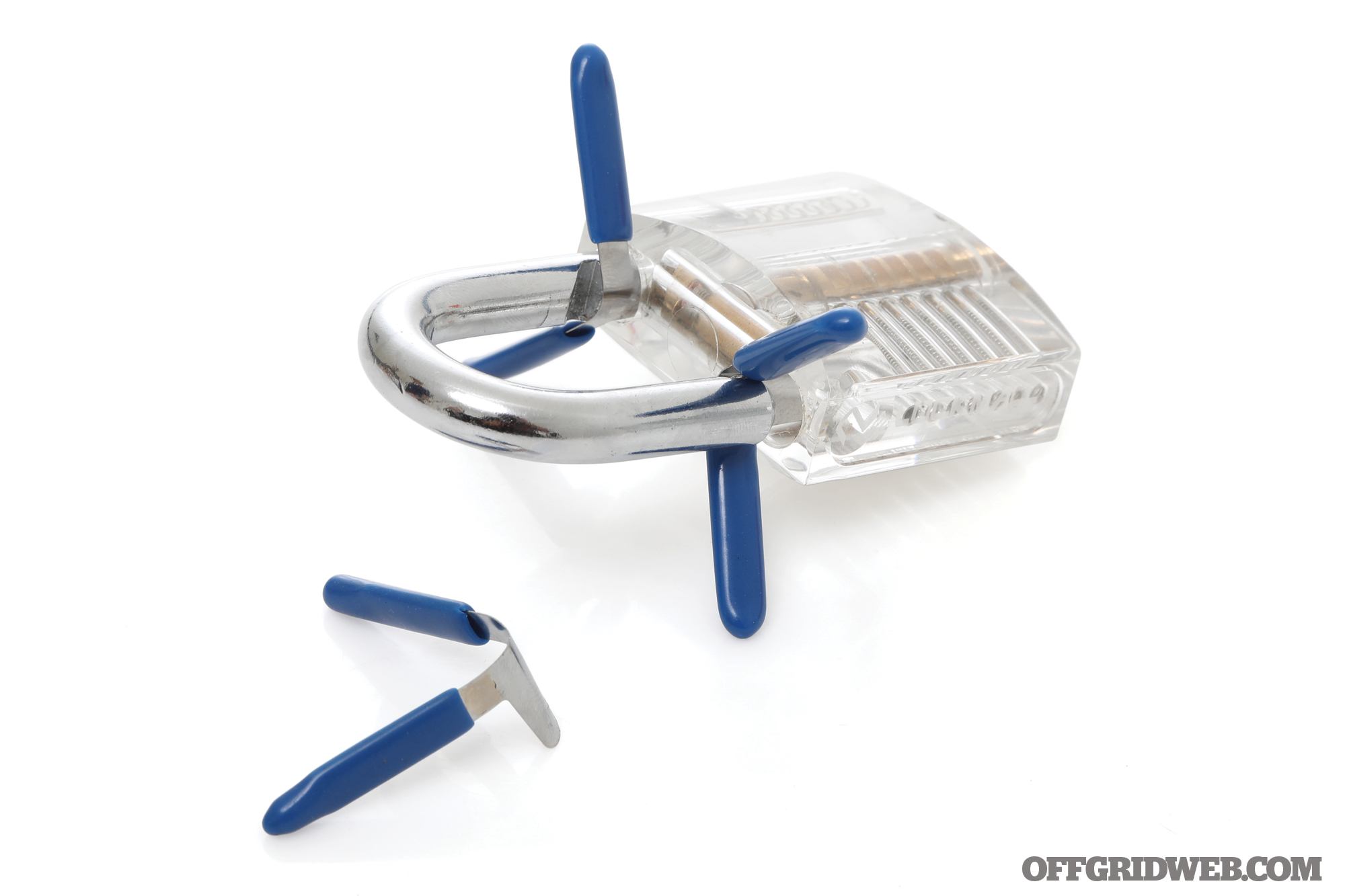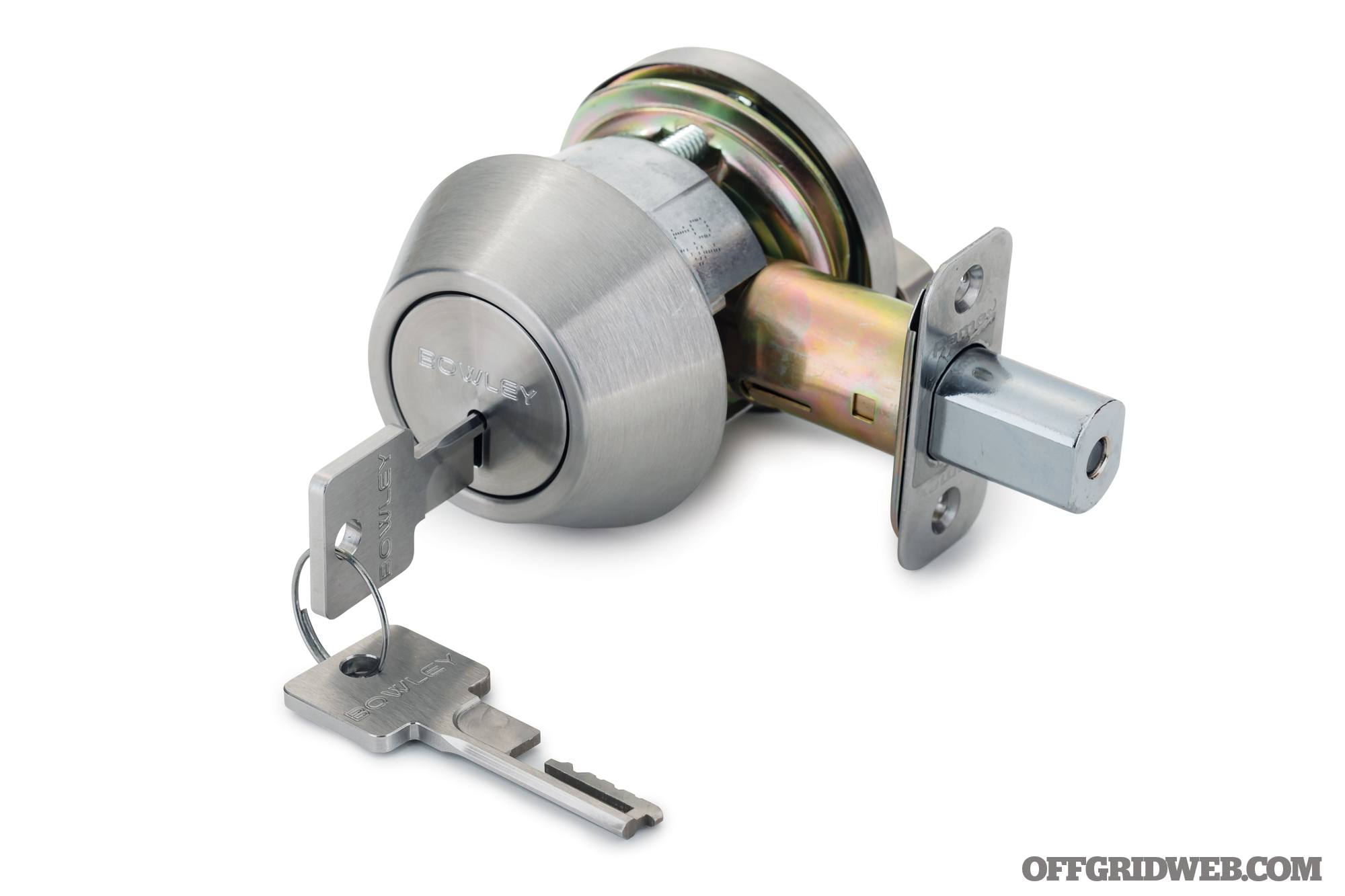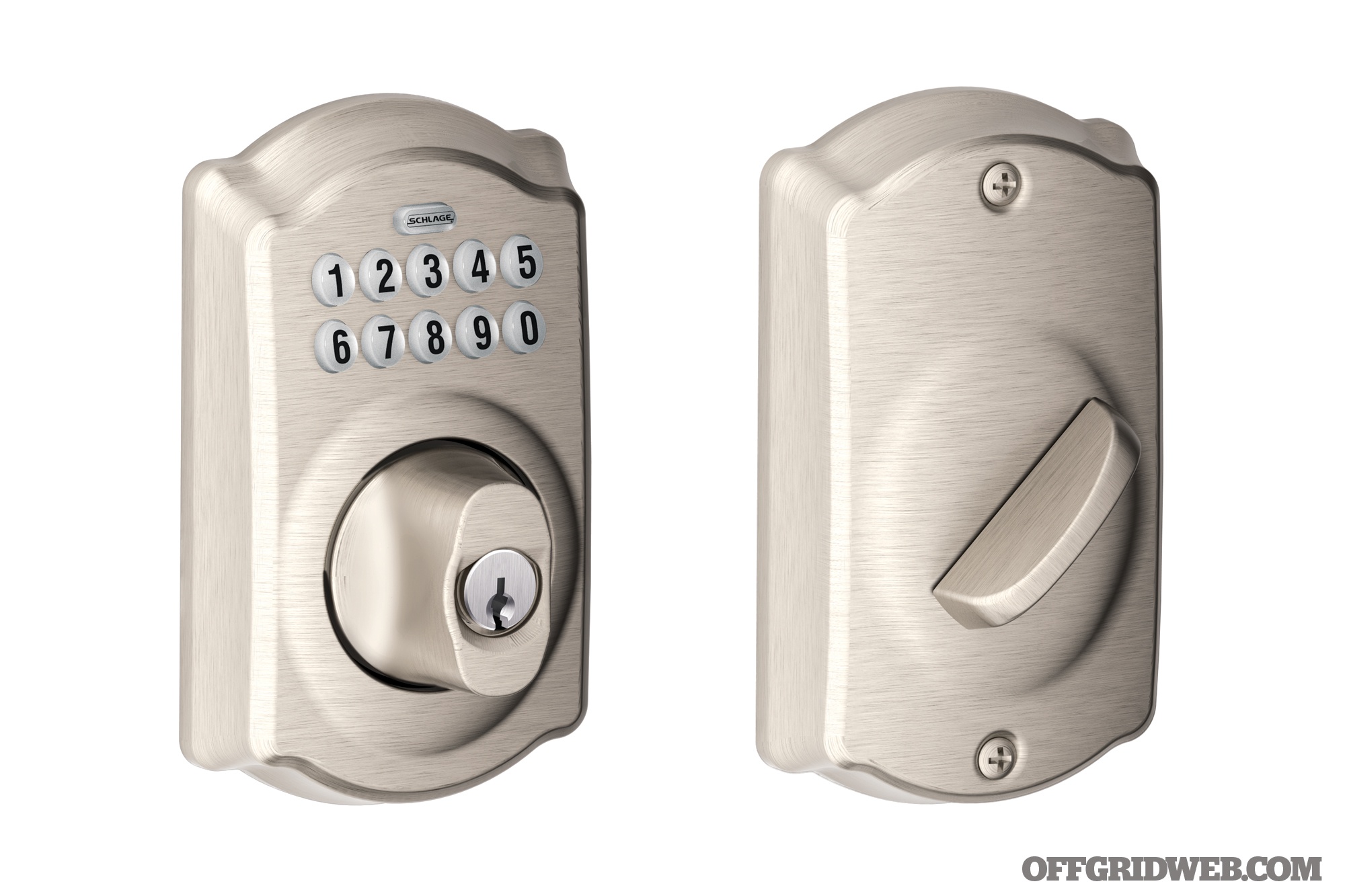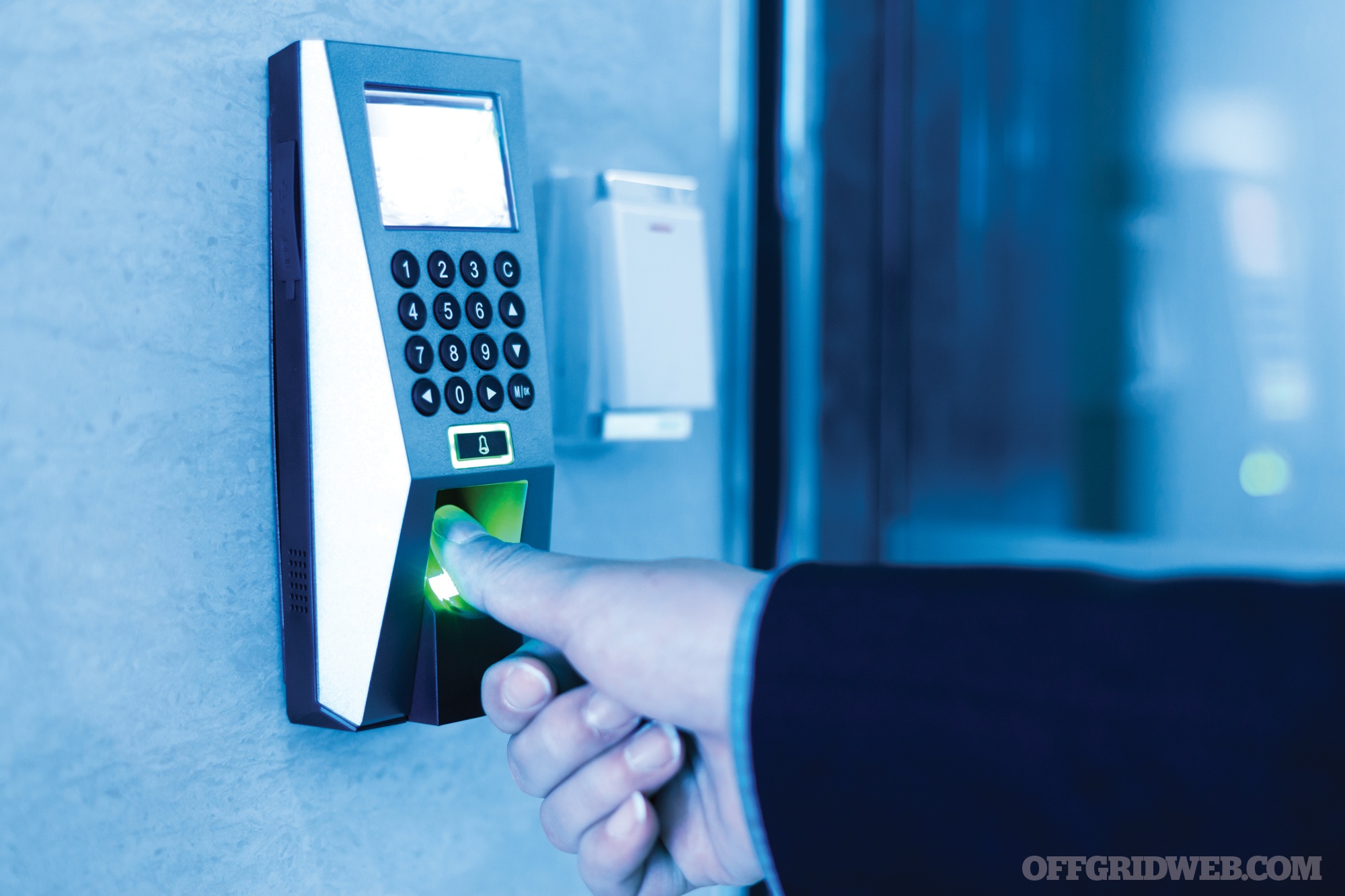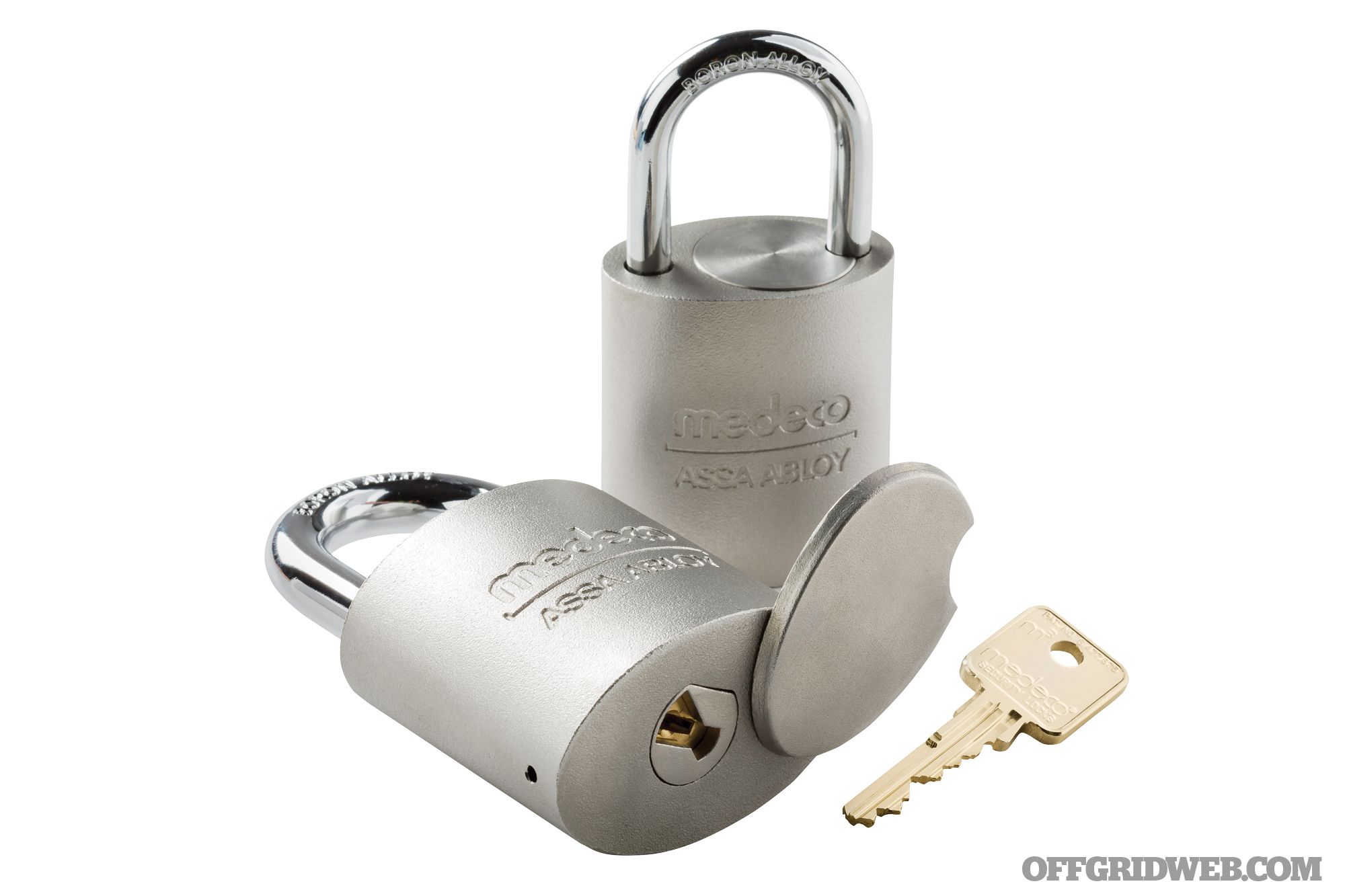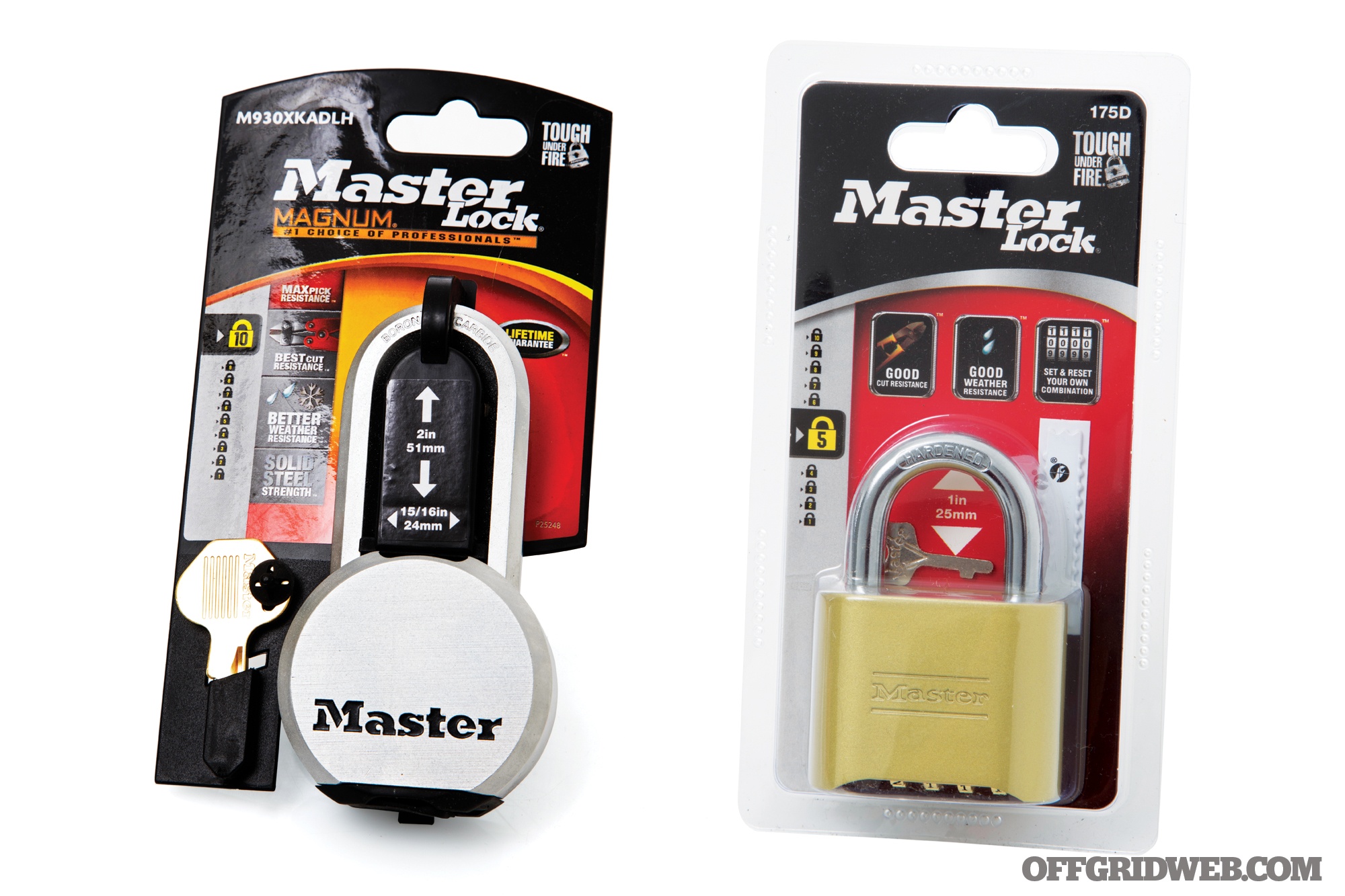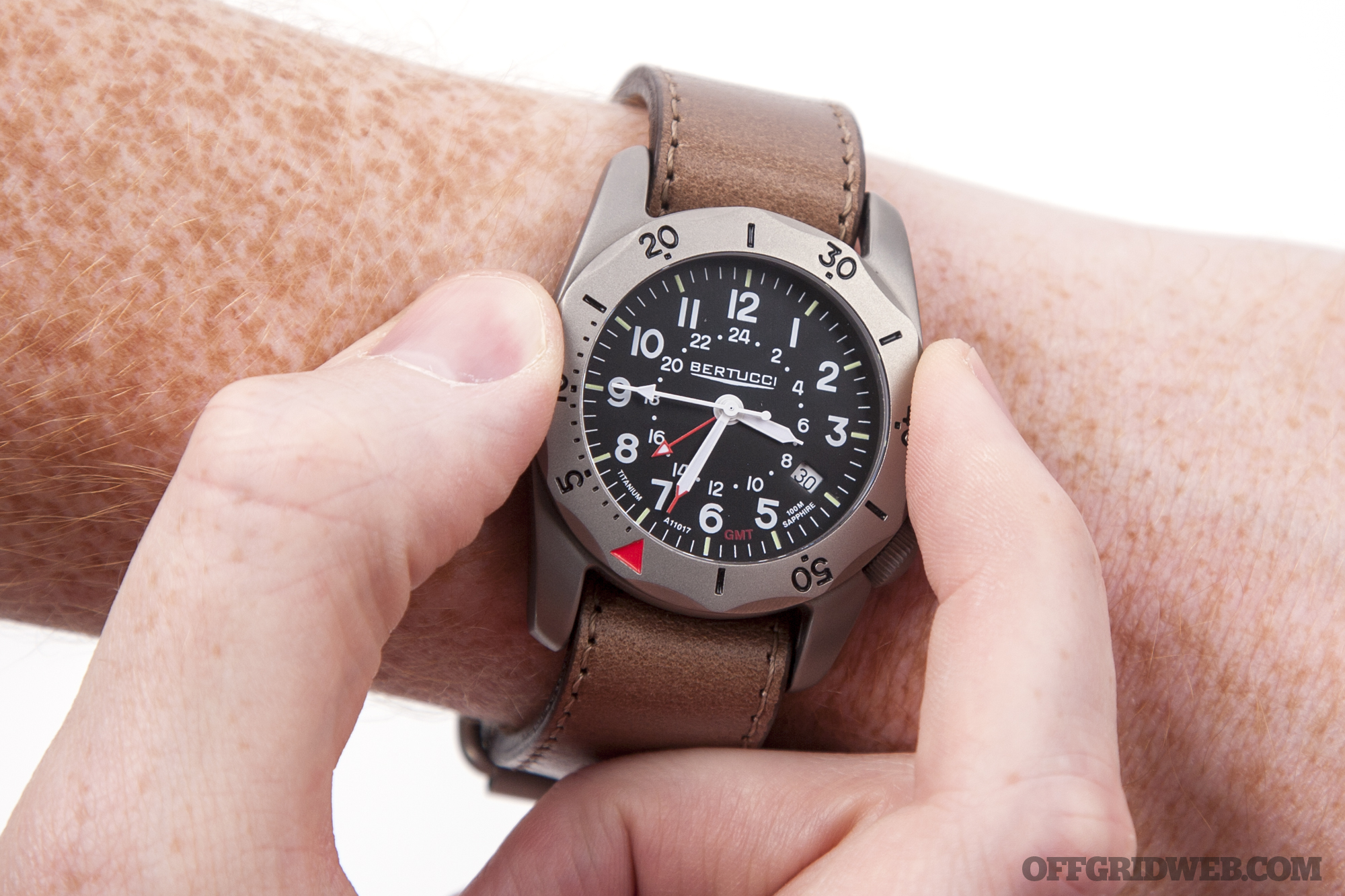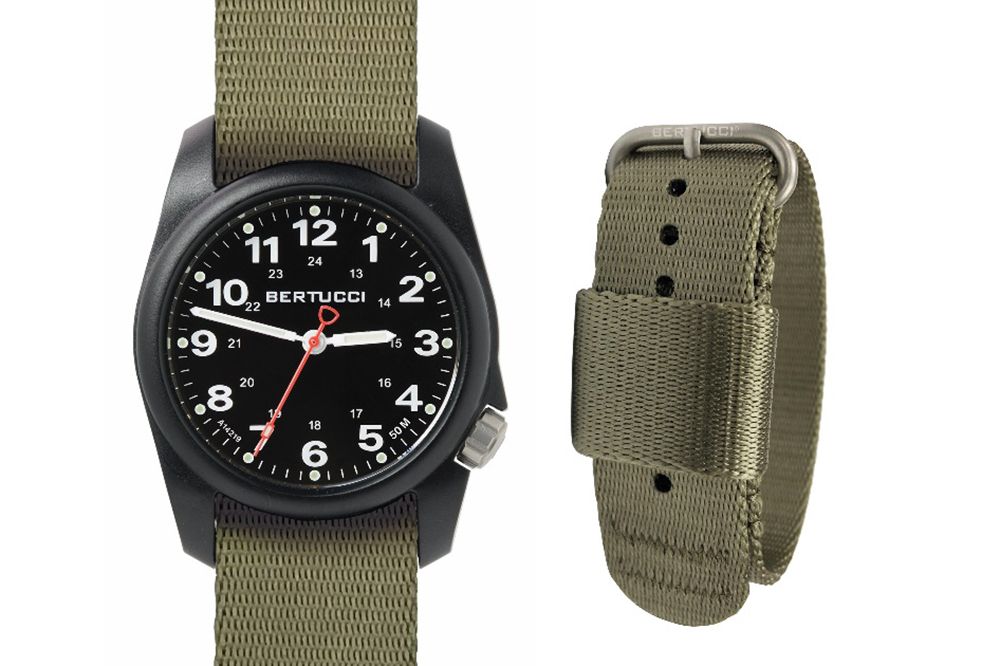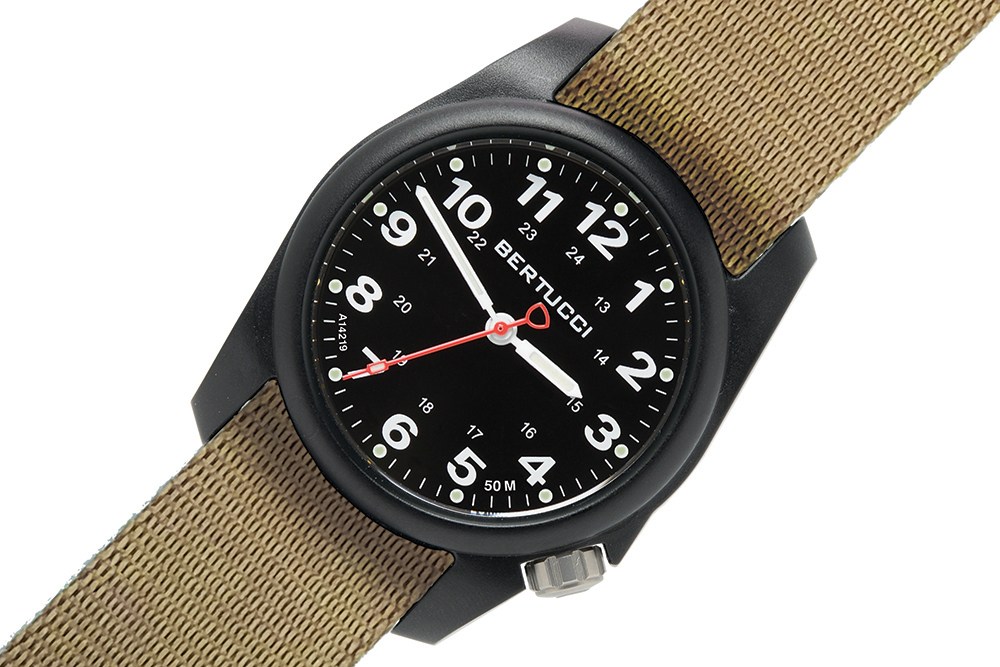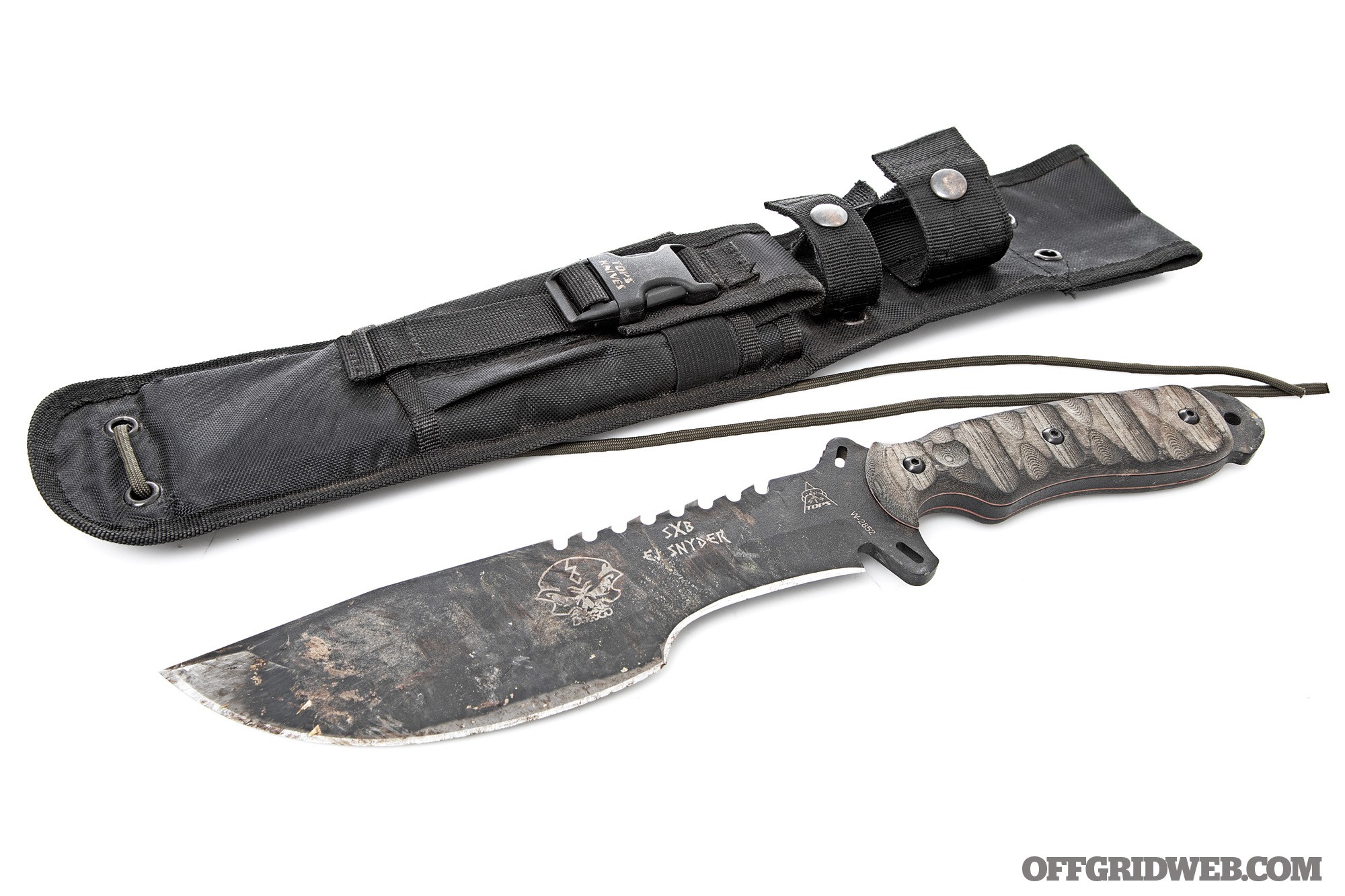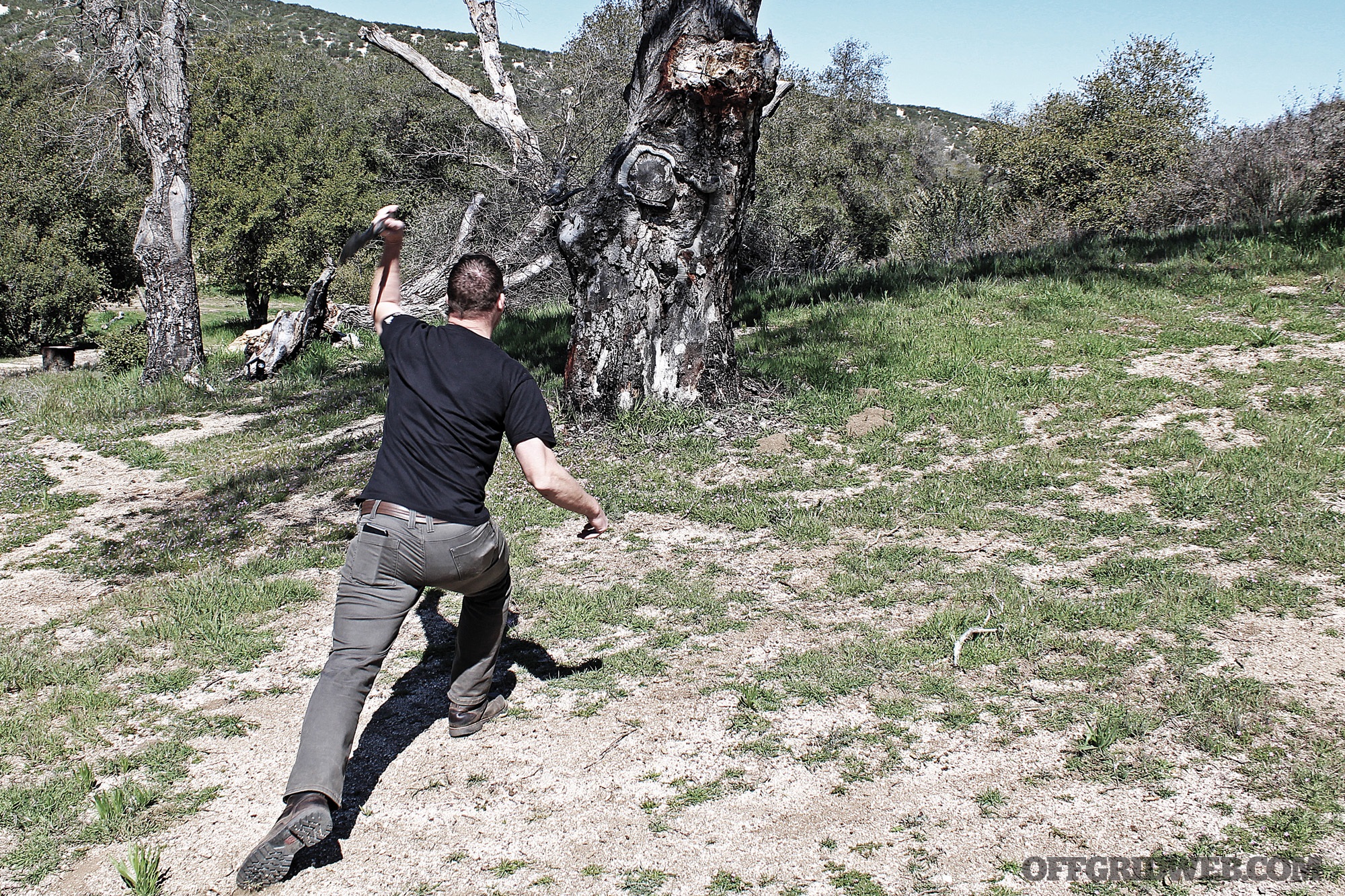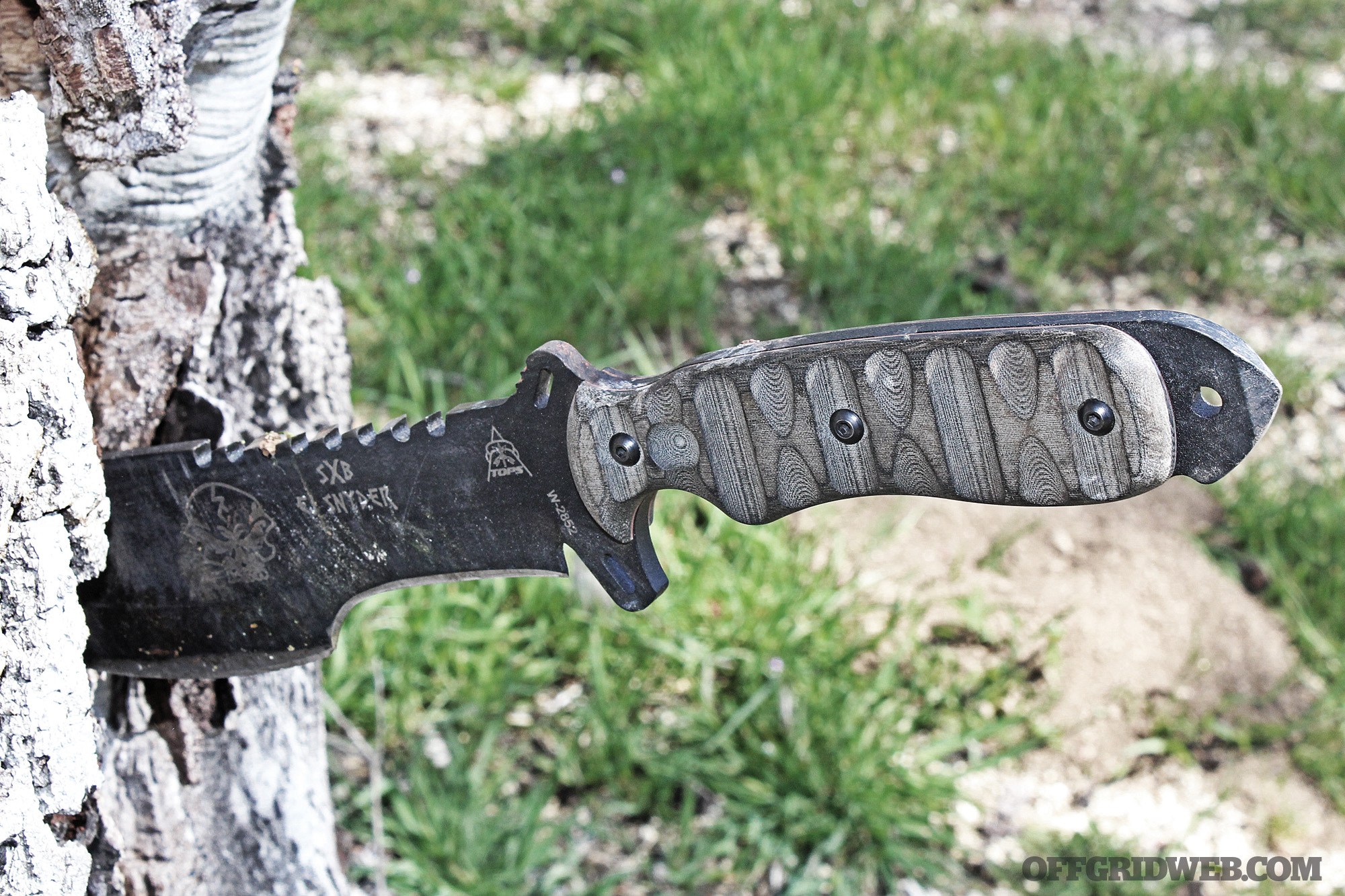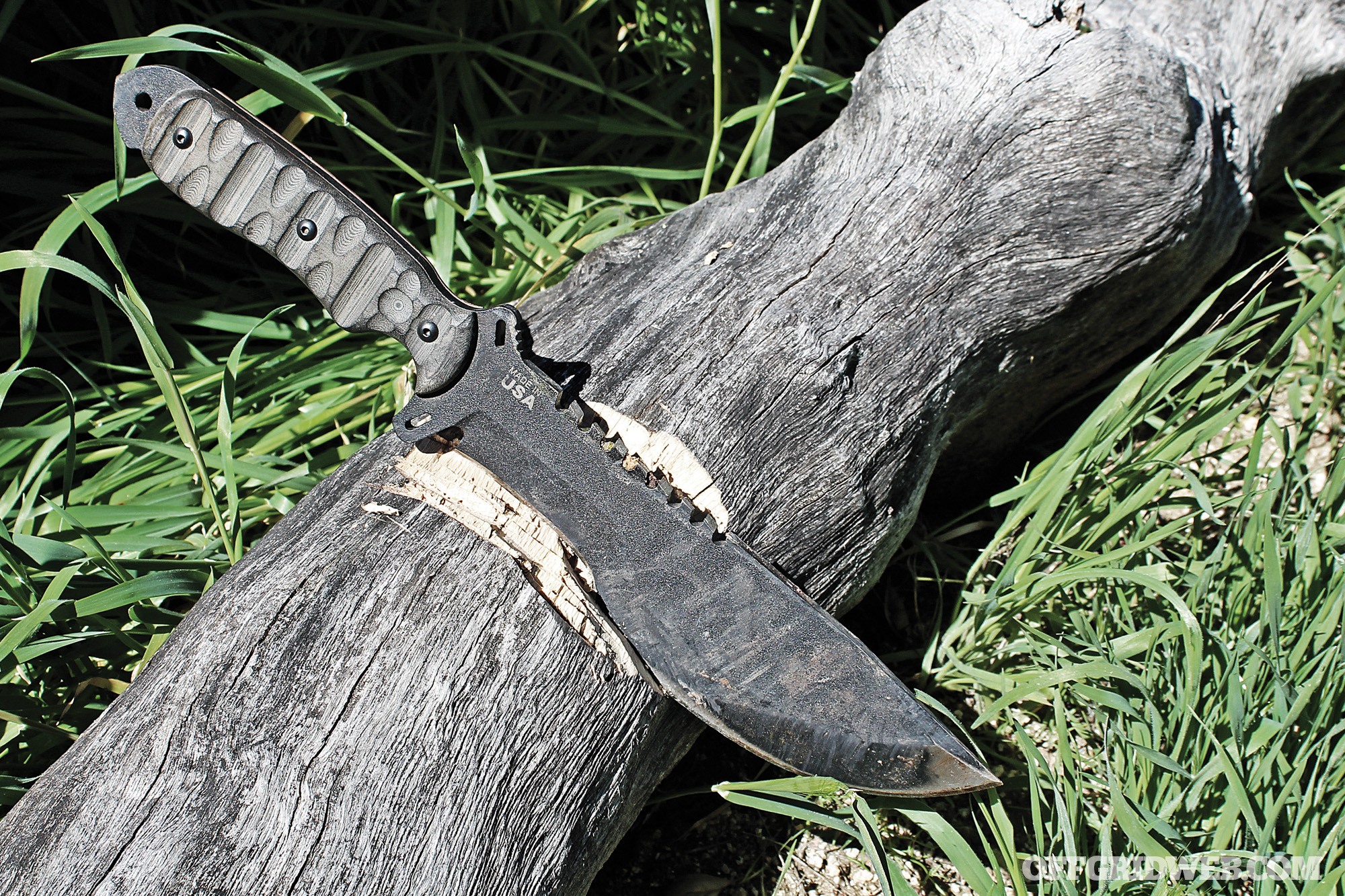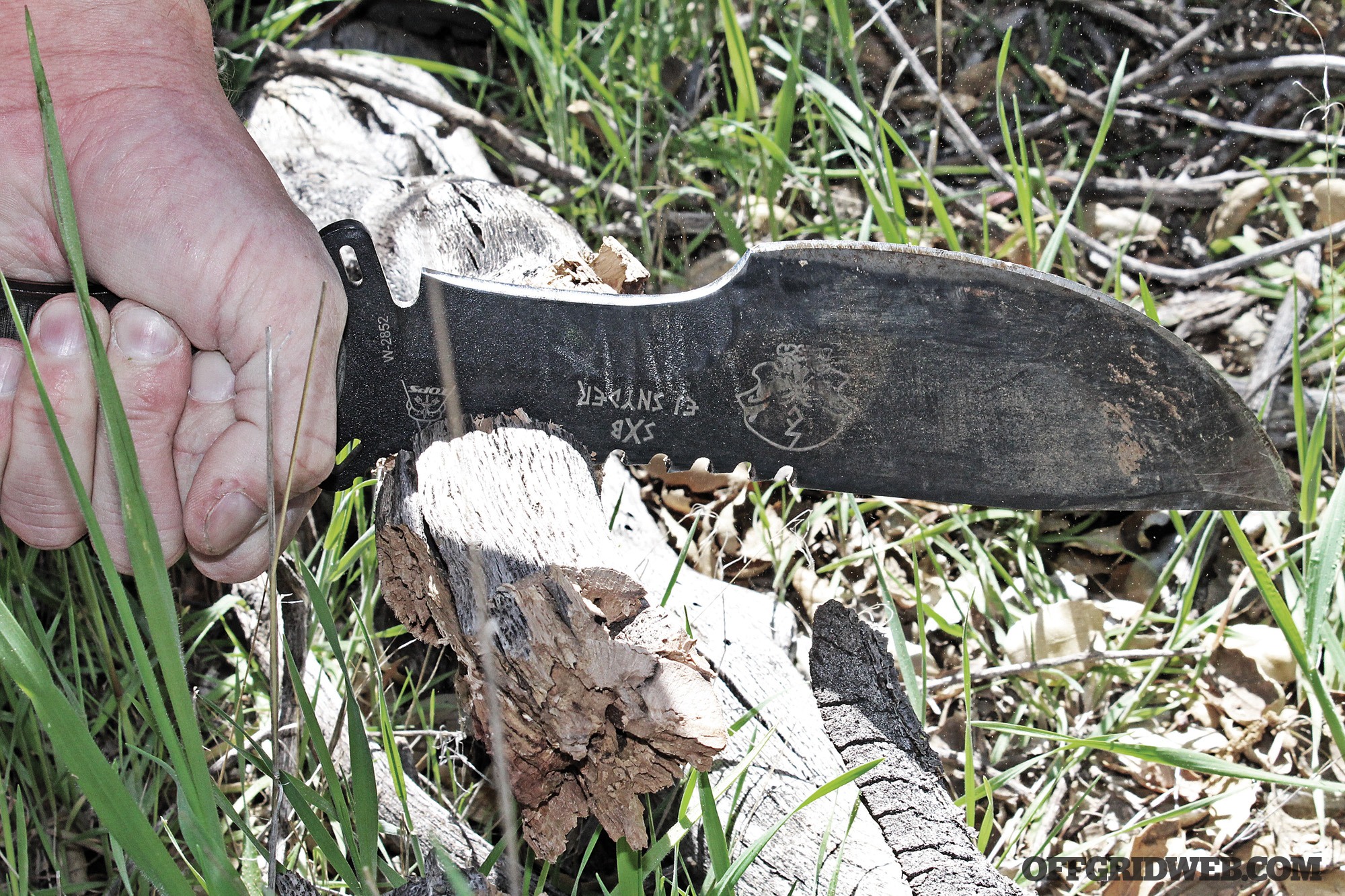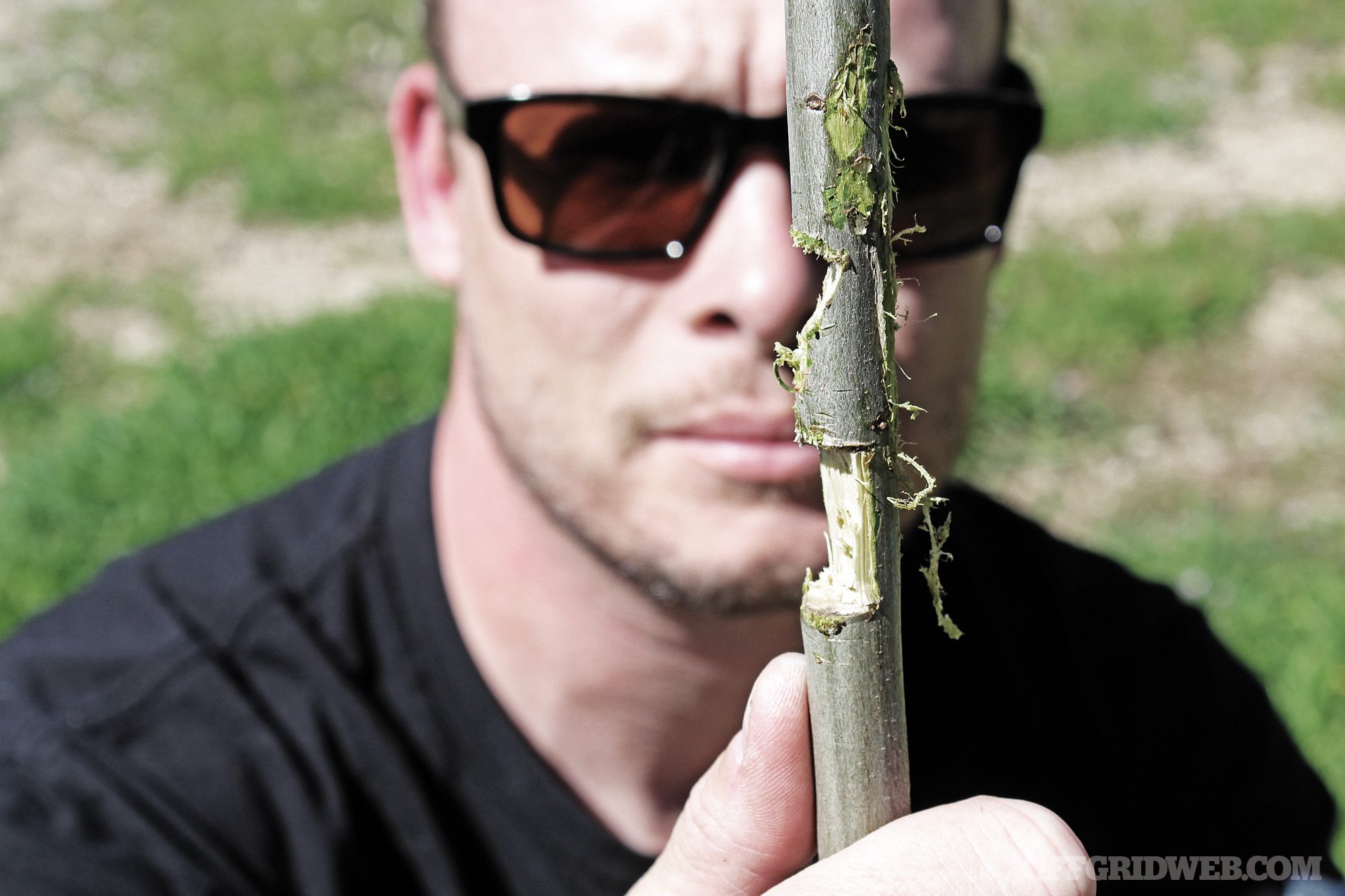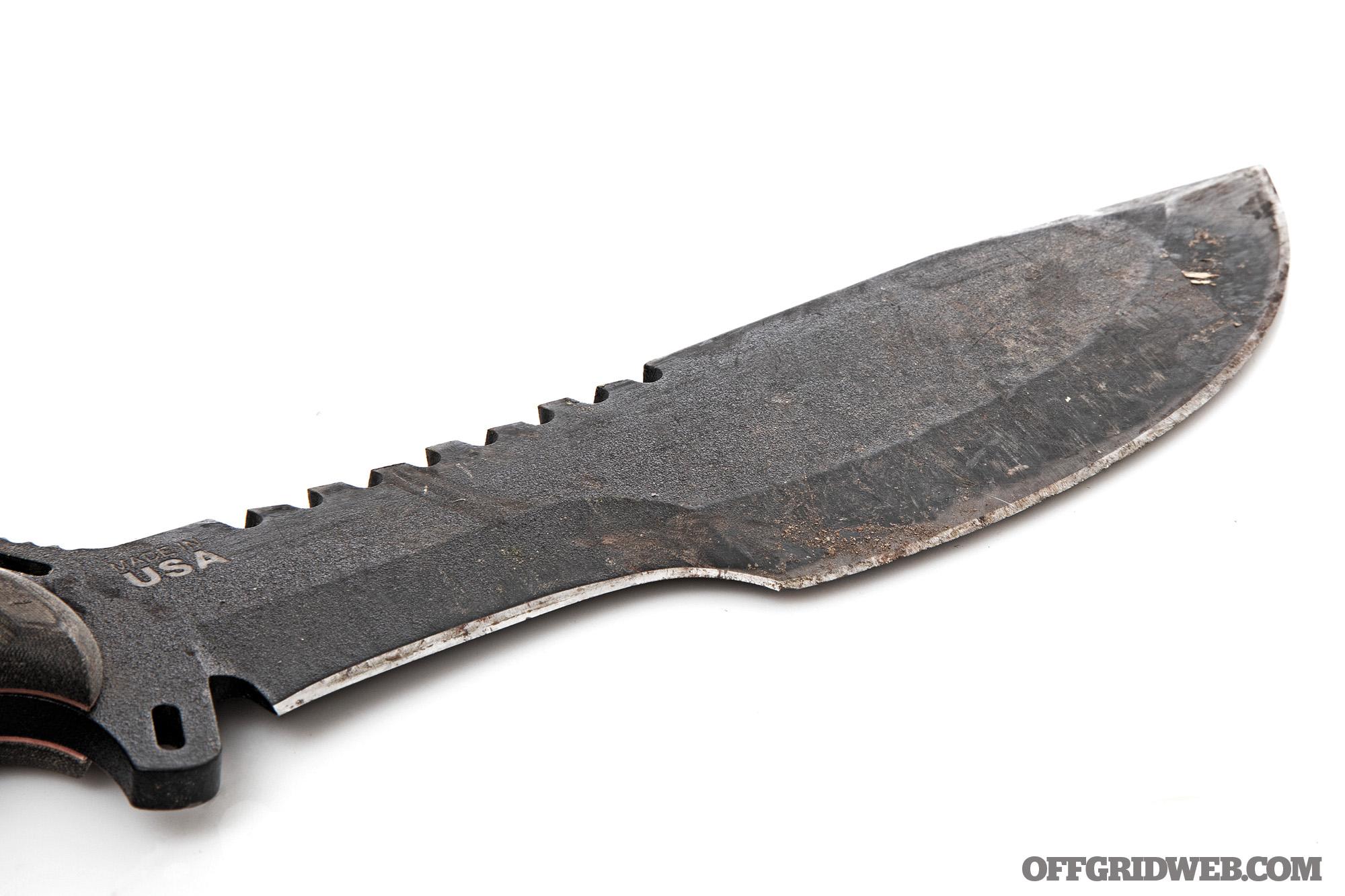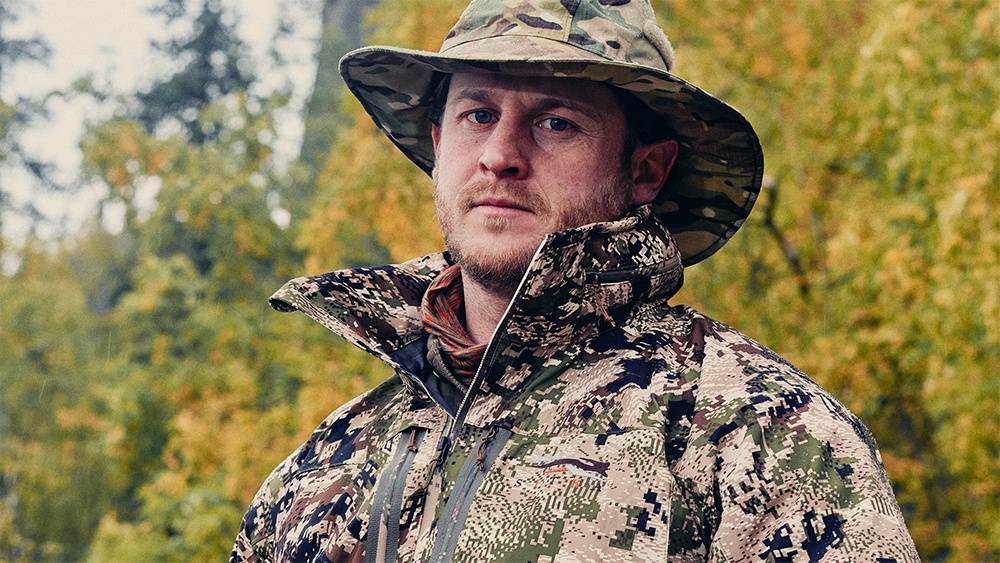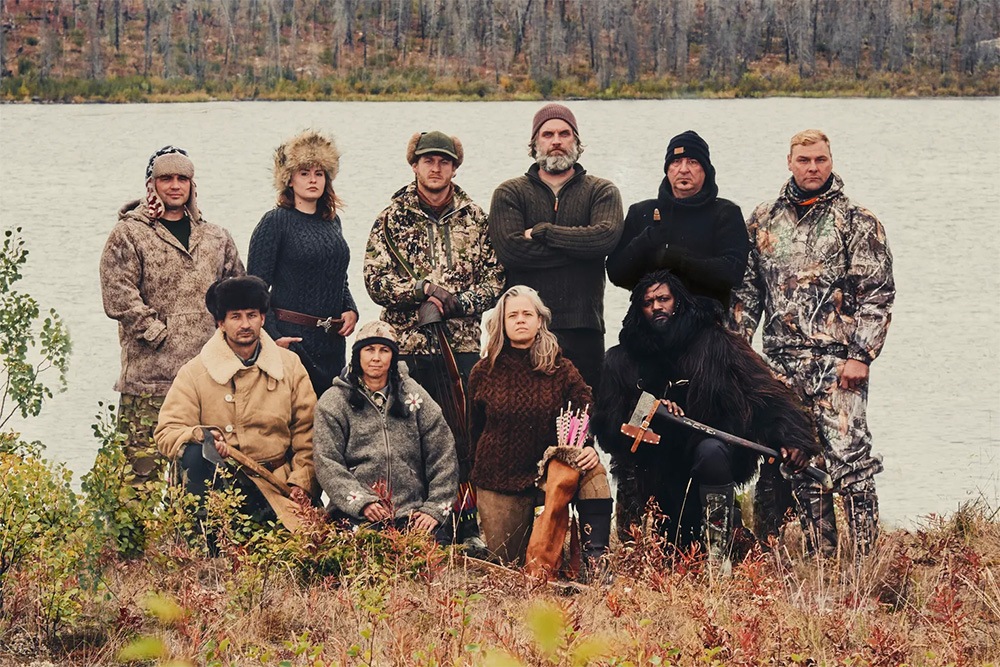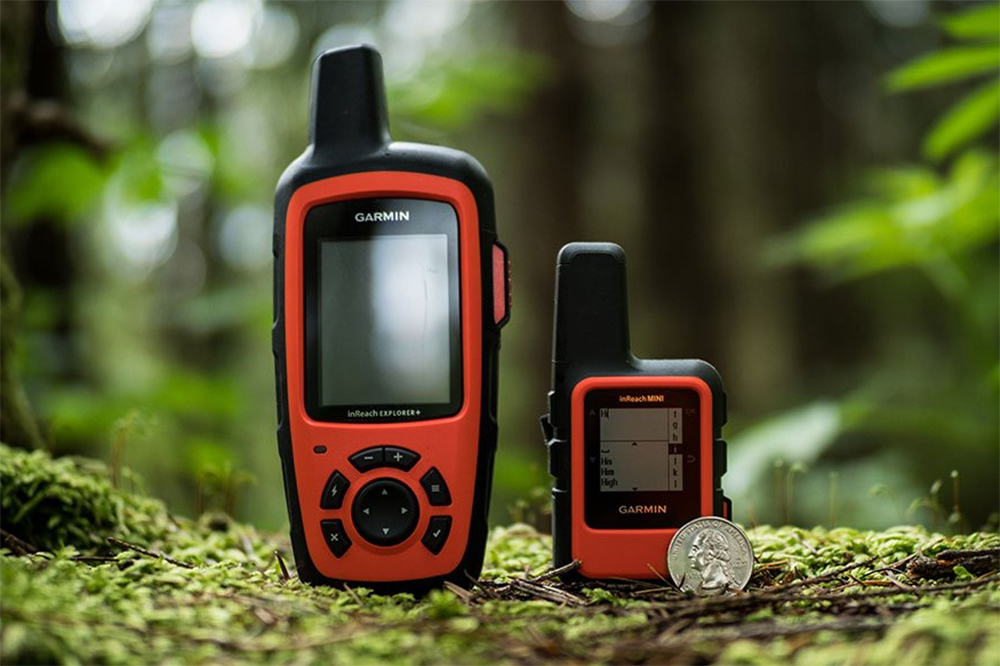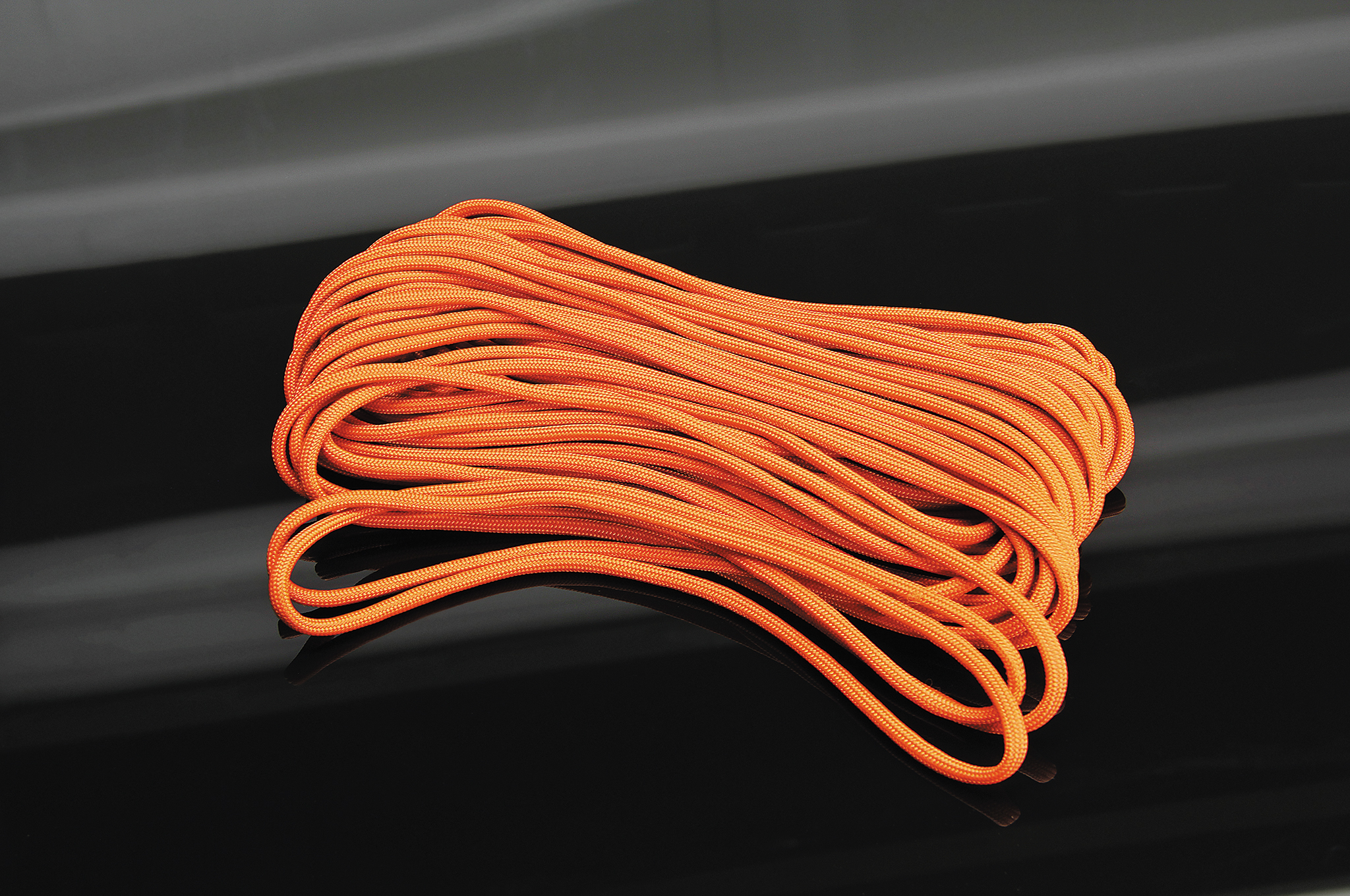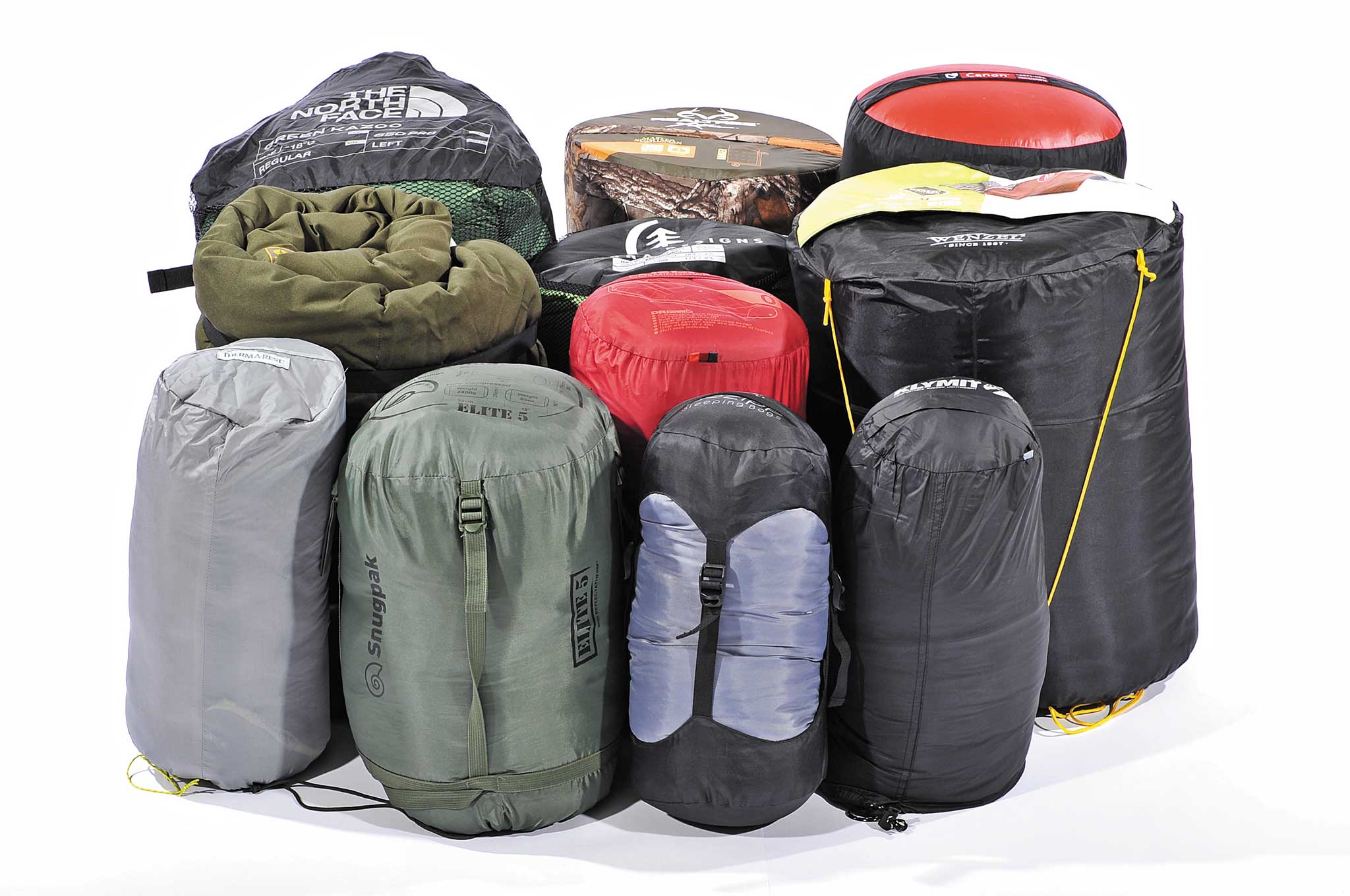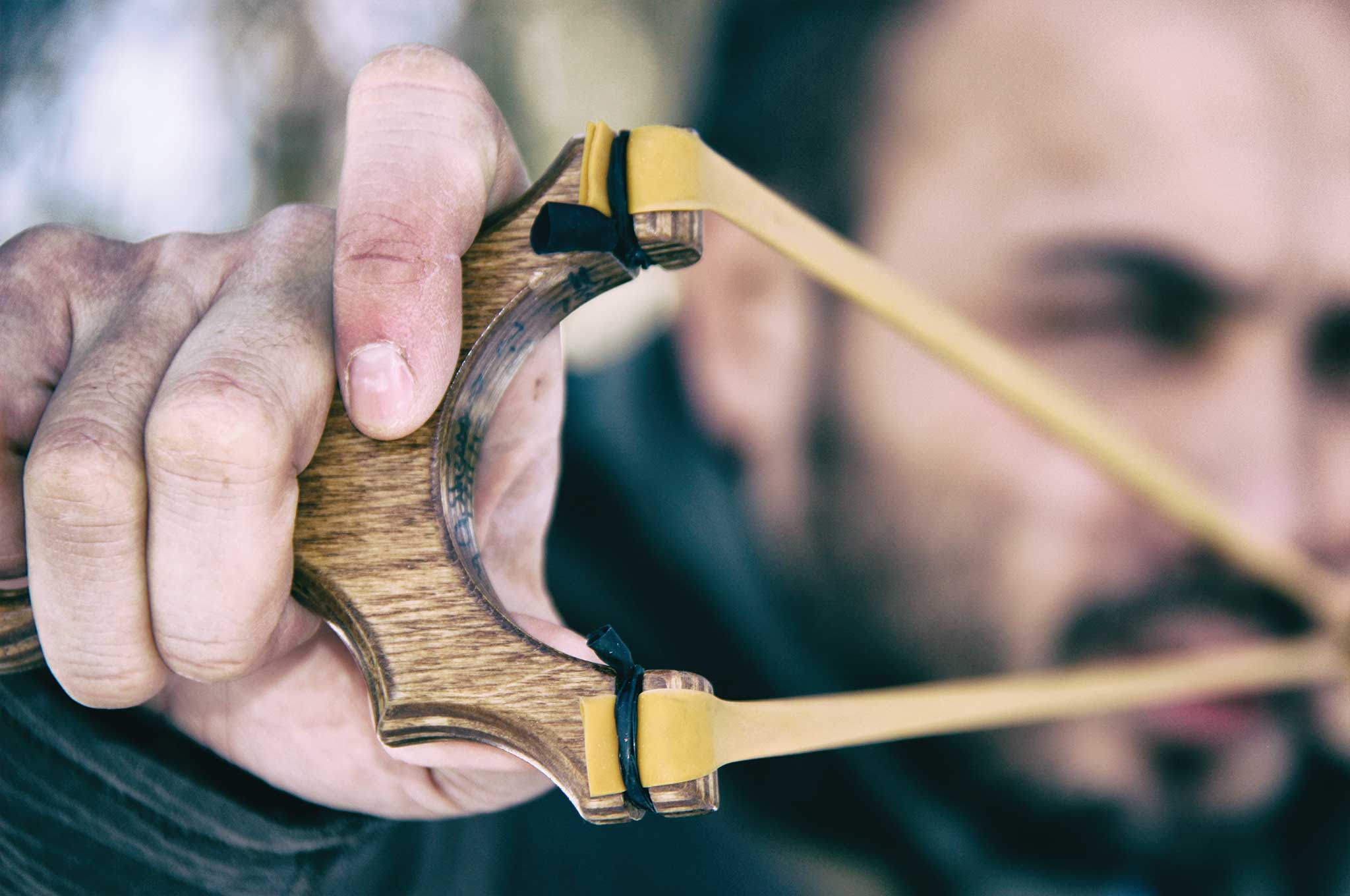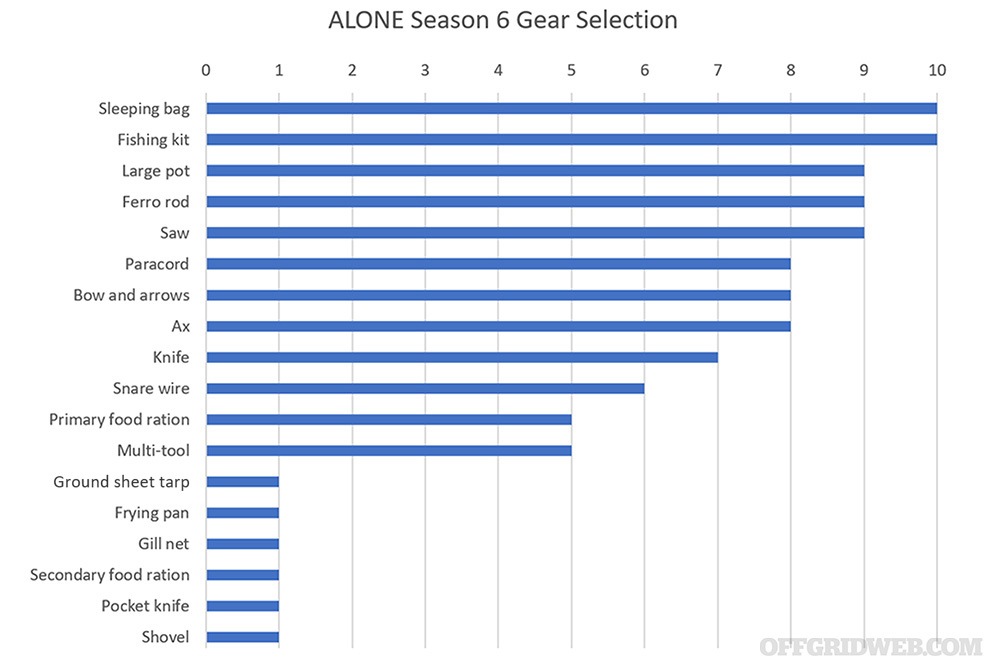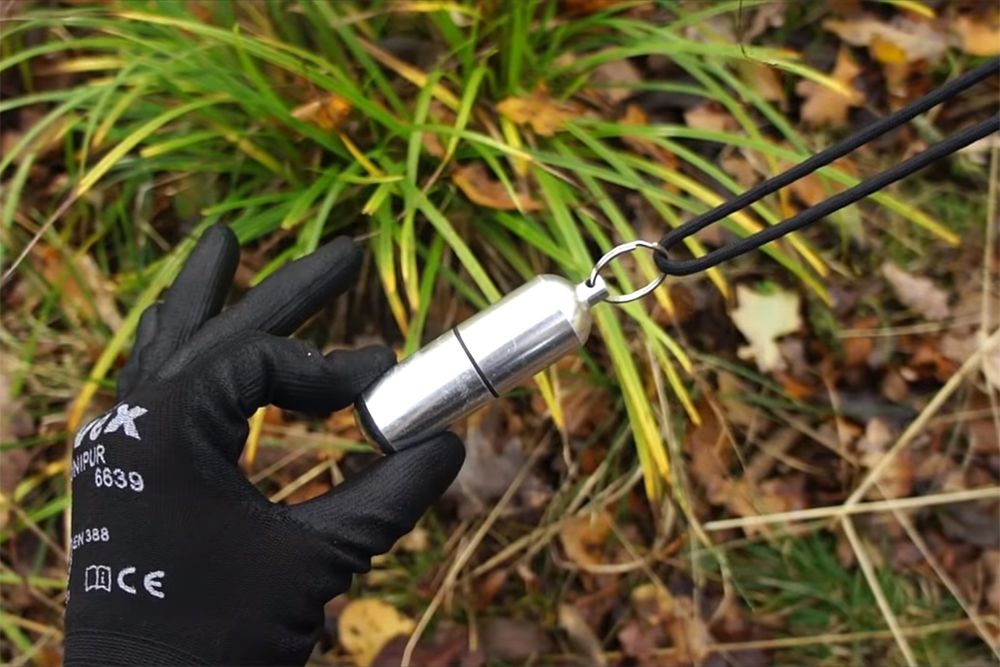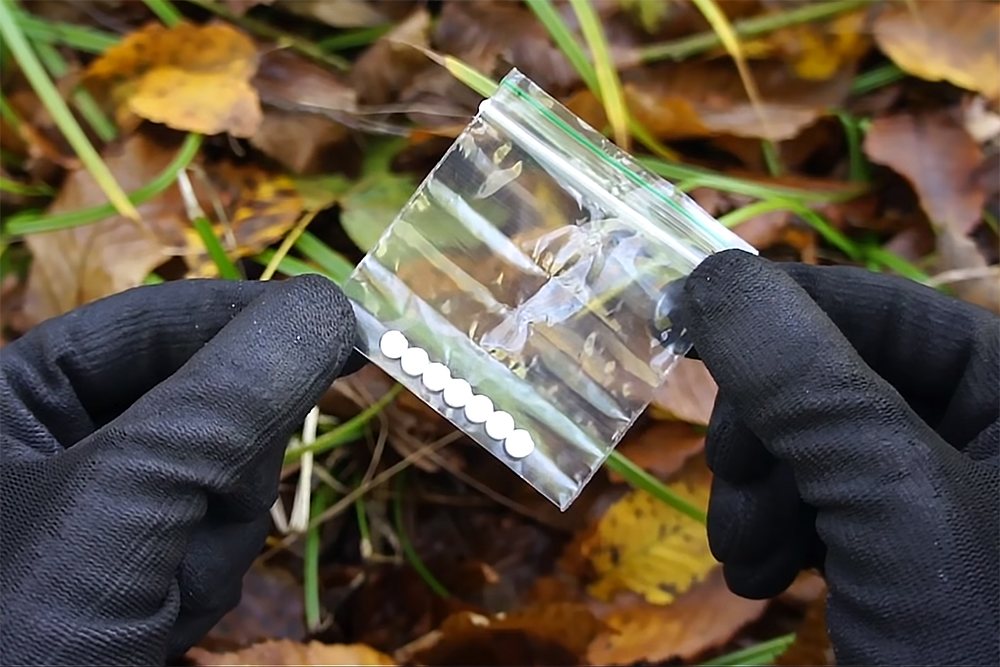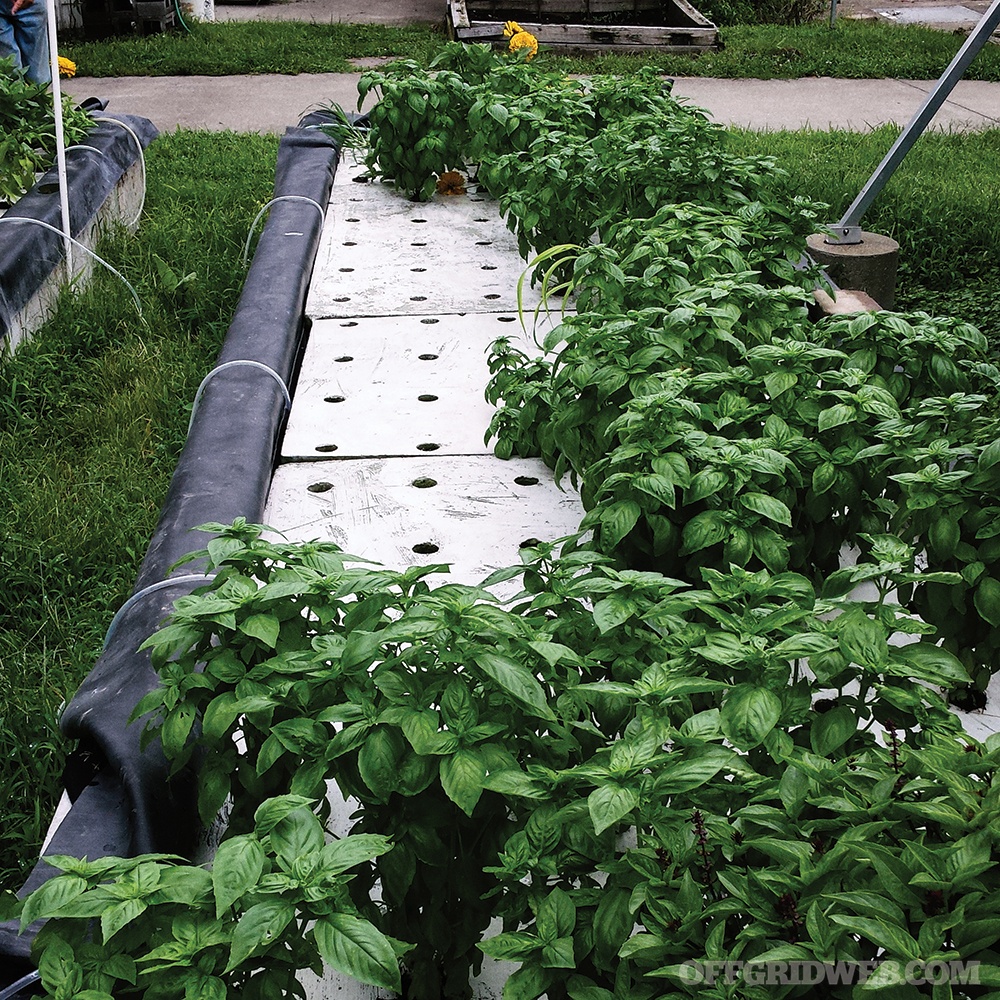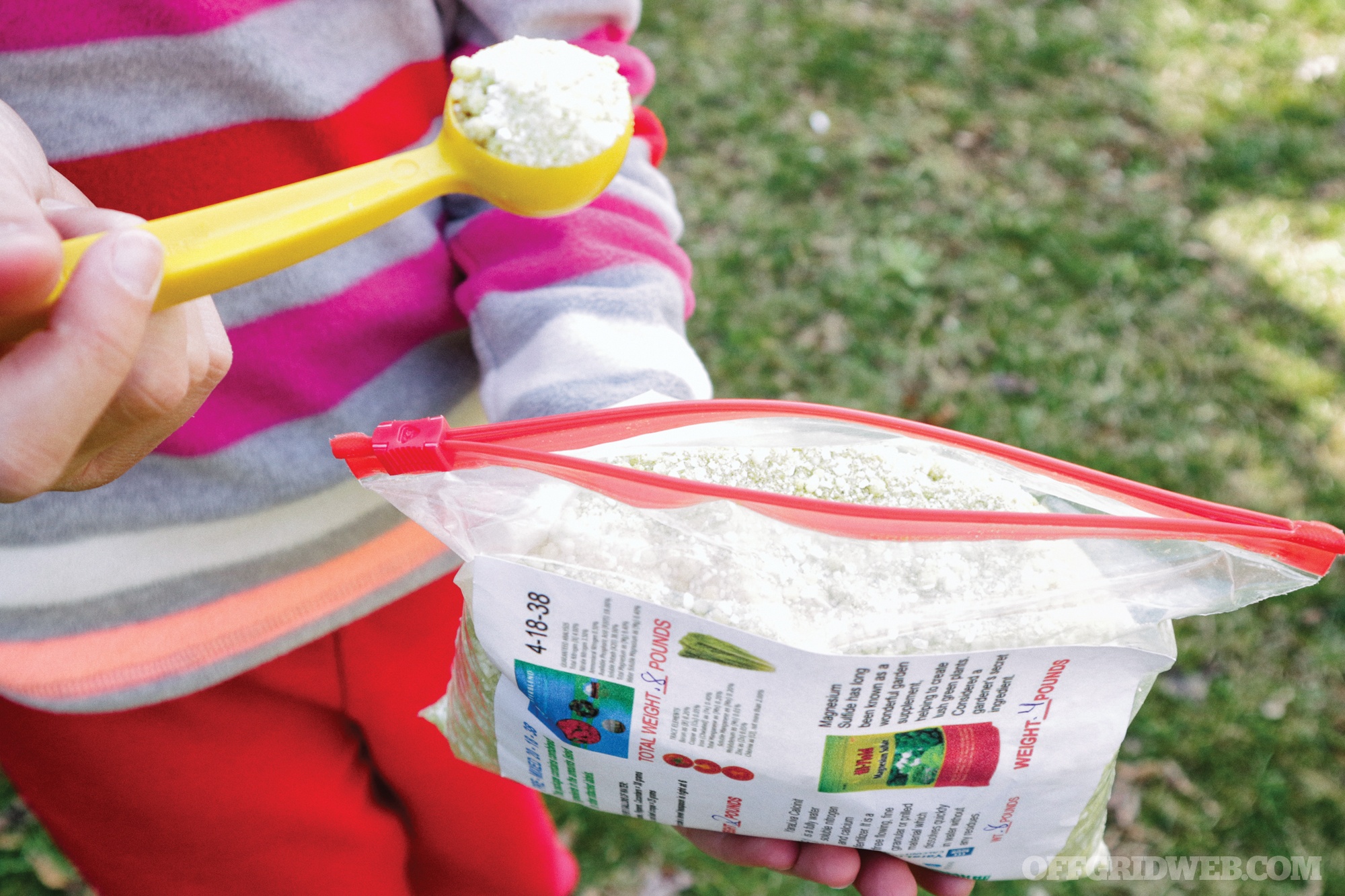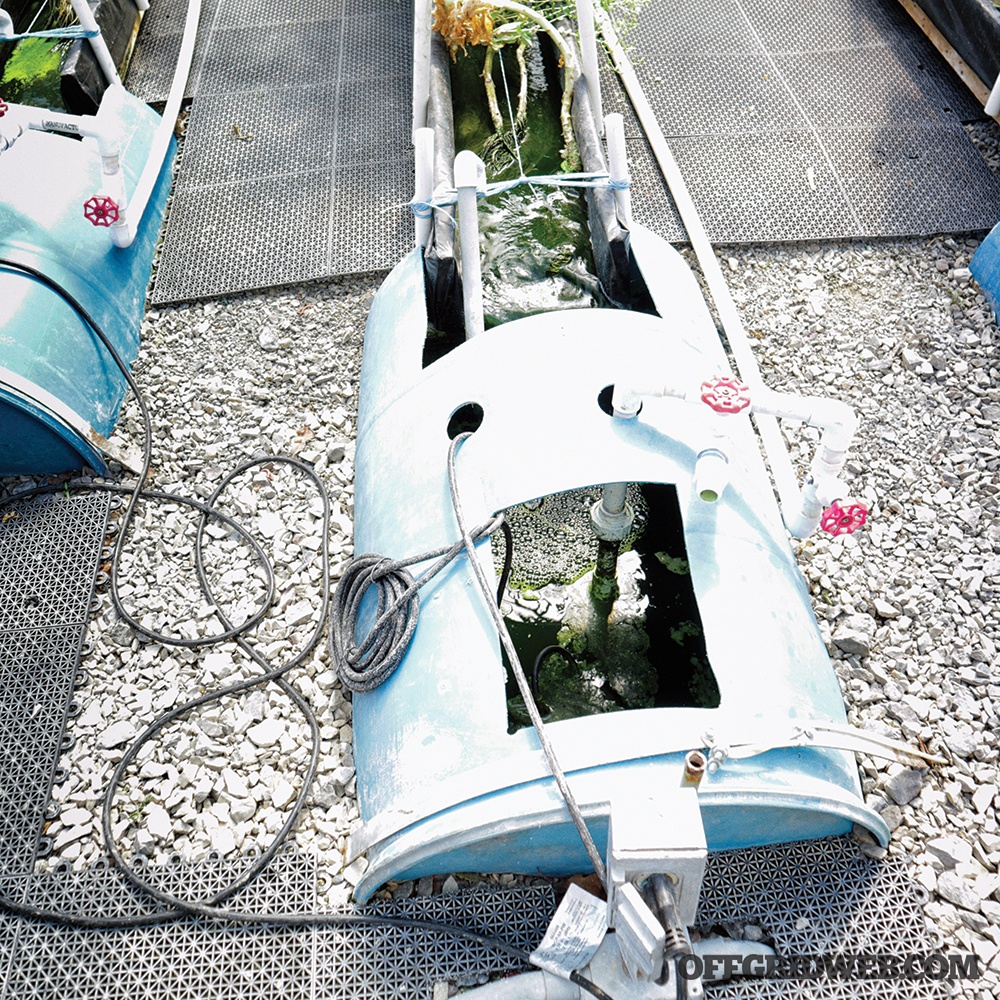Photos by Mark Saint
Even though man’s relationship with dogs has existed since hunter/gatherer days, it’s baffling that so many still don’t fully understand or appreciate what these animals are capable of. They’re born with senses far superior to our own, and their courage during situations that’d make most people wilt with fear is nothing short of awe-inspiring. From search-and-rescue to bomb detection to emotional support to serving alongside top-tier troops in austere conditions, these remarkable creatures have a combination of qualities found in no other species.
Jeff Franklin is one of those rare individuals who not only understands a dog’s potential, but also has the skills to unlock it — a talent that’s difficult to learn and even harder to teach. After spending years honing his craft as a K9 officer and esteemed trainer, by 2003 his skills and reputation led to his being tapped by the U.S. military to oversee the selection and instruction of dogs assigned to Special Operations Forces — the first man to have ever held such a position. Matthew Duffy’s biography of his life, Franklin: The Man Behind the United States Commando Dogs is worthy of a silver-screen adaptation. Today, as one of the most sought-after trainers in the world, Jeff’s dogs and expertise are utilized by organizations around the globe.
Statistics indicate that dog ownership continues to climb. And whether you’re an urbanite looking for a four-legged member to protect your family and home, or you live remotely and depend on a dog to guard your crops, livestock, or property, the dog’s role as dependable companion shows no signs of diminishing. So who better to answer the question of how best to understand your pup than a man who has spent decades teaching K9 teams how to carry out their mission in unfamiliar places, amid stress factors like gunfire, extreme weather, hostile terrain, and darkness? We spoke with Jeff about how he reached this echelon of knowledge and what the average dog owner needs to know to be fully invested in the relationship they have with their dog.
Our Interview with Jeff Franklin
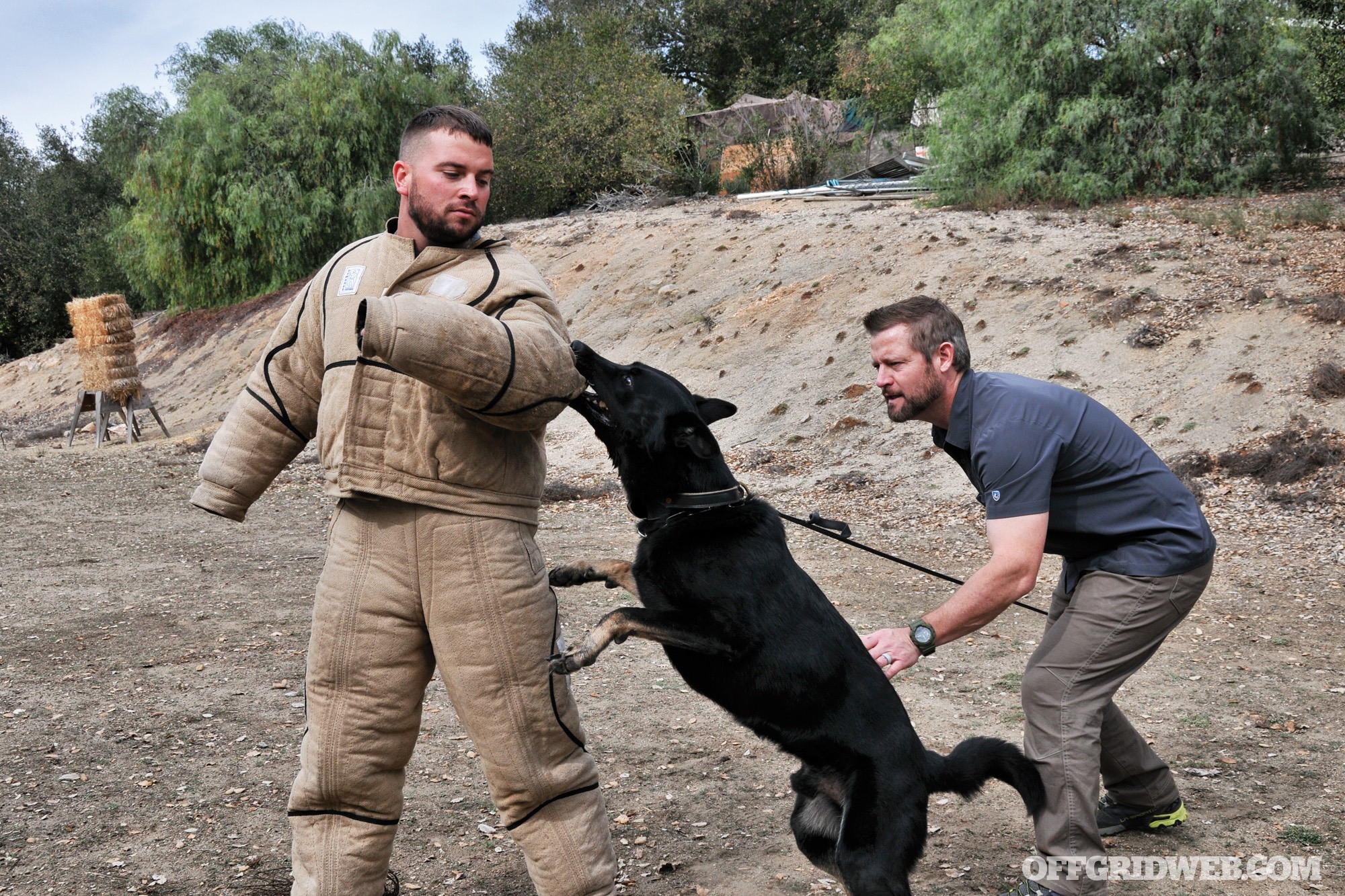
RECOIL OFFGRID: We read in your book that you fell in love with dogs when your teacher, a retired K9 officer, brought one to class. Do you consider that the flashpoint for your interest in dogs?
Jeff Franklin: I’d say that was the crossroads into working-type dogs. I’ve been an animal person since I can remember and was always the kid who had to go find something alive when I was out playing, so animals have always been a huge part of my life. But the turning point was definitely that guy with that German Shepherd, who was my schoolteacher. I thought that was the coolest thing I’d ever seen. I knew then I wanted to do something with police dogs.
Tell me a little about your company, Cobra Canine, and how that started.
JF: So, when I got out of the Marines I needed a job. I didn’t want a normal job and work 9 to 5. Since I’d been training dogs as a hobby before I entered the military, I knew that there was a way to make at least some money doing pet dog training, teaching dogs how to behave, and doing a little bit of sport training. I got a couple people who offered me a part-time job training pet dogs for people, and I really got started doing it as a profession because part of my dog life was for fun and the other part was something I was getting paid for.
As that went on, I quickly learned that the best way for me to do it was to do it on my own. Even back then in my early 20s, I had bigger dreams than the people I was working for and had a passion for the real working dogs, whether it was some sort of Schützhund dog, police dog, or search-and-rescue dog. Eventually, it became detection dogs, so I started training on my own in my backyard, and it grew from there.
How did you get involved with training dogs for the military?
JF: I progressed from a little kennel in my backyard to joining the police department myself. I had this thing in my mind where if I was going to teach people how to go out and do real-world stuff, then I needed some hands-on experience. I did that for several years and was lucky enough to be in the right place at the right time on the SWAT team, and I convinced my sergeant to let me have a SWAT dog. There’s quite a bit of difference between a regular police dog and a SWAT dog that’s specifically trained for that task.
After Sept. 11, the military, in particular the Special Forces groups, wanted dogs that operated much like SWAT dogs, and I just happened to be one of the few people in the country who had a particular background in training this type of dog. I was also willing and able to jump out of the profession I had and go the places they wanted me to go. So my background and word of mouth led to that.
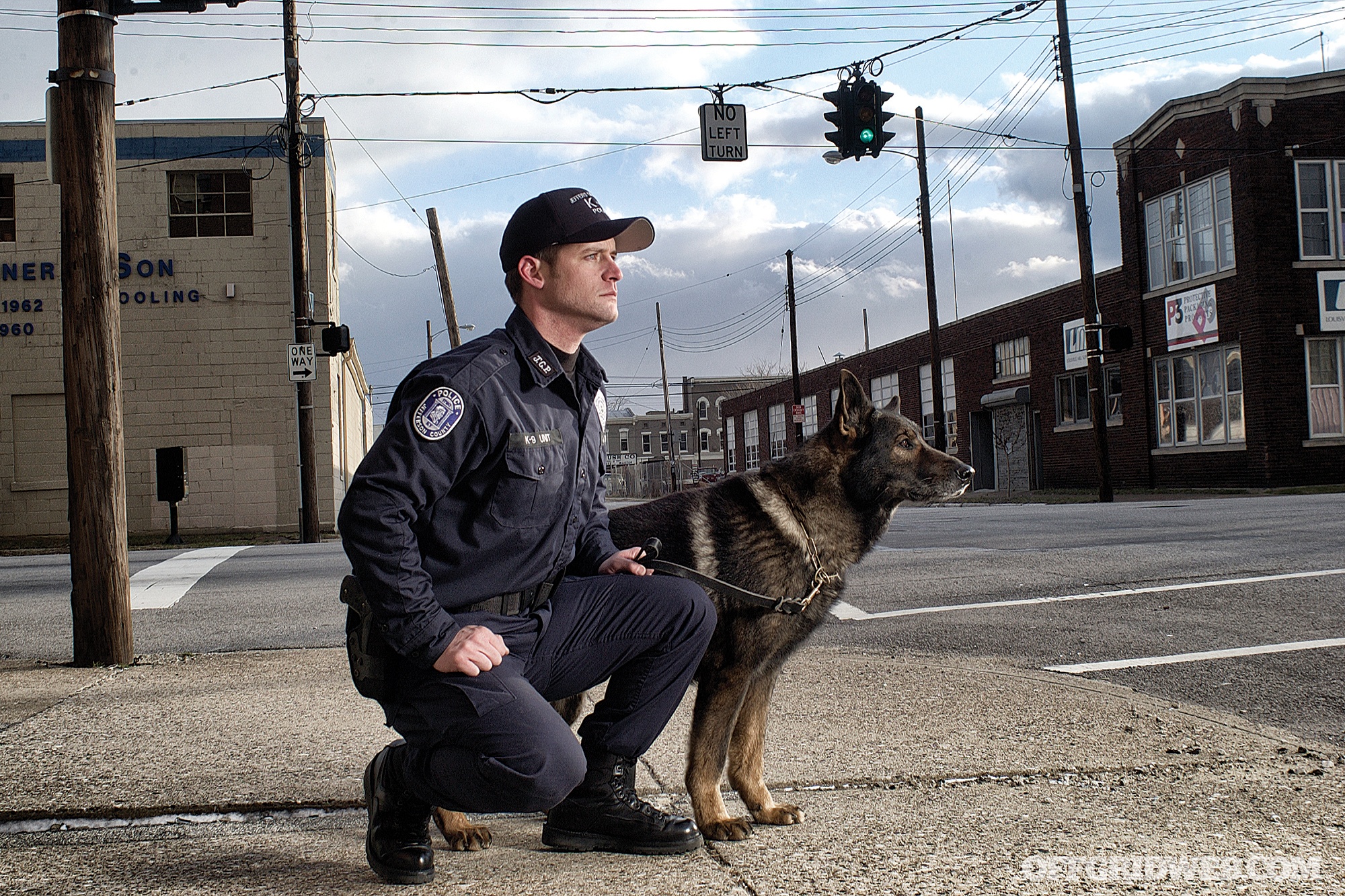
Jeff and Cobra 2002 — post Sept. 11 photo shoot for Fox News
Are you still training dogs for the military?
JF: Yes. It has grown way past just being me, but we’ve been doing it since 2003.
When you were training dogs for the military full-time, what was your position called?
JF: Canine trainer is probably the best title for it. It’s sort of hard to explain. The elite groups in the military are the only ones I’ve been involved in. The DOD-wide military in general has a completely different type of dog and training, and I wasn’t affiliated with that.
What type of preparation do the dogs you train for the military and certain international organizations have to go through?
JF: We go through a rigorous selection test. It’s sort of like for a human being who wants to be a Special Forces operator. These dogs need to be healthy, happy, and social, believe it or not. We’re not looking for dogs that are just nasty. We’re looking for certain traits in a dog that we can use to teach them how to do things like explosives detection. So we see if the dogs have play drive, ball drive, or hunt drive — things that we can utilize in their explosives training. Also, is the dog environmentally sound to different surfaces, vehicles, and loud noises? In addition, we’re going to check and see, if necessary, if the dog has the right bite drive to do the bite work if needed.

Catching some shade next to a helicopter working in Mexico, 2008
Can you tell us about the military units or other organizations your dogs have worked with?
JF: No. I could do that and probably make movies if I wanted to do those kinds of things, but I’d also be breaking my word that I wouldn’t be like all the other turds out there doing that.
Have your dogs been used in any well-known missions you can mention?
JF: I’d say our dogs have been used in plenty of well-known missions.
Who were your biggest mentors?
JF: Certainly in the dog training field, Matthew Duffy, who wrote my book. Also Ken Licklider, who owns Vohne Liche Kennels in Indiana.
What would your advice be to someone looking to get into your line of work?
JF: The dog training business has become really popular in the last 10 years or so. People see movies, stories, and video games with military/commando-type dogs doing impressive things, and a lot of people get into this with that type of mindset. My advice to everyone is if you want to do dog training as a career, then you need to like training dogs and working with people. Those dogs you’re seeing in movies, video games, or reading about in books are less than 1 percent of the dog world, as far as a trainer’s job.
As a trainer, especially for me personally, the dog training part is easy. The majority of the time it’s just work like anything else; however, I don’t get to handle, work, and own all the dogs. Something I learned the hard way through experience as a young dog trainer is that every dog has an owner or handler. If I can’t do a good job working with the people, then I’m not going to make much of a dog trainer. I think most people get into dogs and don’t realize that most of your work is actually training a human.
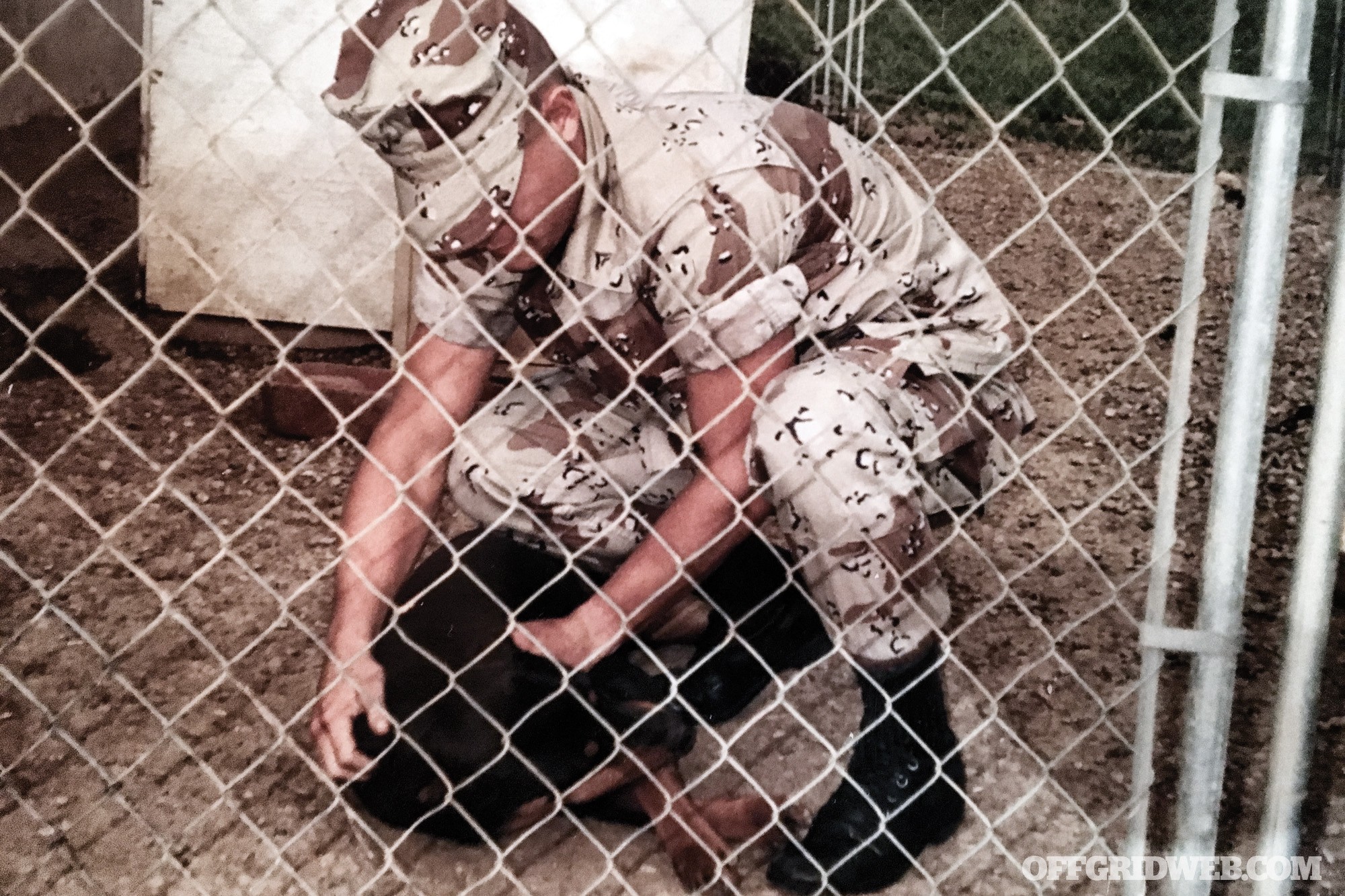
Jeff and his dog Lady, who’s also mentioned in his book, first day home from Desert Storm
What qualities do you think people need to effectively handle dogs in high-stress situations like police, military, and search-and-rescue work?
JF: I think they need to be athletic, but they also need to be mentally calm. Dogs need calm. Whether you’re putting a dog into a search-and-rescue or a military operation, the dog needs to think it’s a game. The dogs don’t look at it and go, Oh no, we have to go get some bad guy tonight, or we have to go up this crazy cliff to go rescue somebody. They don’t have those thoughts, so the best handlers and trainers are pushing the information down to the dog like: This is cool, we’re just here doing our job and it’s something we’ve done a million times. If you could tell an athlete, “Hey, you’re shooting a free throw to win the national championship,” but could convince them it’s just like everyday practice, they’d probably make it every time.
People often protest the practice of pure-breeding dogs. Set the record straight about that practice and whether it’s a problem.
JF: Anything in life can be done wrong; it doesn’t matter what it is. The thing to look at with pure-breeding, the big advantage of it is, if I want a dog to go out and be really good at doing agility, I’d probably breed Border Collies because they win most of the time. I’m not going to try and make a Whippet into a national champion when I know that Border Collies are made for it. If I want to go out and compete in Schützhund, I’m probably going to have a German Shepherd because they’re bred, raised, and genetically gifted to do that type of sport. For military dogs, I like the Belgian Malinois. If we don’t use those genetics, then we’re not picking the right dog for the job.
I use an analogy that’s easy for people to look at. If you want to compete in the Kentucky Derby, I suggest you get the right bloodlines because if you go out and buy some mixed-breed horse in some farmer’s backyard, then you’re not making it to the Derby. If you use those genetics to your advantage, you can get what you want out of it. Breeding of any animal isn’t perfect, but if you’re doing the genetics the best you can, then you can get healthy, happy dogs that are genetically gifted to do certain jobs.
Let’s say someone asked me to train 10 military dogs to do certain jobs by the end of this year, and I could only use shelter dogs that were mixed breeds. I’d say it’d be great that 10 dogs wouldn’t be in a shelter anymore, but the chances are much greater that I’d be struck by lightning than being able to find quality dogs that haven’t been specifically bred and raised for this type of work. And to add to that point, there wouldn’t be dogs in shelters if people would just take care of their pets, whether they’re mixed breeds or not — we wouldn’t have this problem.
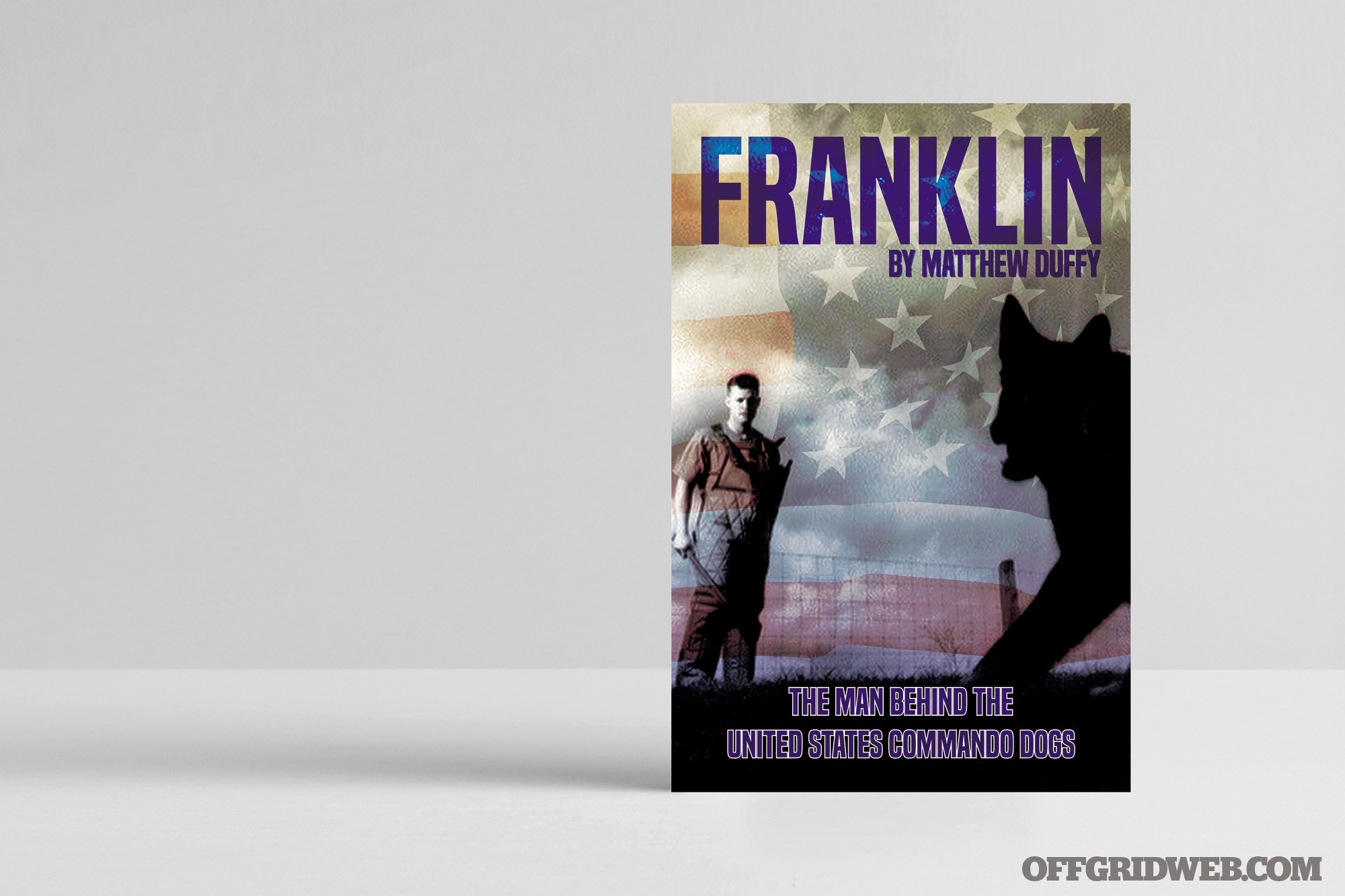
At your company, what types of dogs do you breed and train for the work you do, and what combination of traits do those dog breeds in particular have that others don’t?
JF: All of our dogs are either going to be a Belgian Shepherd, Dutch Shepherd, some German Shepherds and Labrador Retrievers, and occasionally German Shorthaired Pointers. For the Belgian, Dutch, or German Shepherds, we’re looking for dogs that have some natural protection and fight drive, and we’re also looking for high toy and retrieve drive so we can teach them some sort of detection. With the Labradors and German Shorthaired Pointers, we’re looking again at the same thing we really look for in any dog — we’re trying to produce healthy, happy, social dogs that are environmentally sound and have really high hunt, retrieve, and toy drive so we can teach them some sort of detection skill.
People might ask why you can’t train any dog to carry out those tasks. For instance, why couldn’t you train an Akita to do protection or a Schipperke to do detection work?
JF: When we look at the training of the working dogs — and this pertains to just about anything in working, whether it be search-and-rescue, detection, bite work, or tracking — there has to be a genetic desire to do those things to get a dog to do it. You can teach any dog to sit or lay down; it doesn’t really matter if they want to or not, but let’s just say they don’t want to — I can make them do it. However, if I want a dog to go out and follow a track for 45 minutes to an hour, or I want a dog to go search cargo containers at UPS for six hours a day to look for explosives or narcotics — all just to get a small paycheck of a toy if they find something, I can’t force these dogs to do it. If you force them to do it, there’s no motivation for them to do it.
You mentioned an Akita. I think with some Akitas you could certainly teach them protection, but it’d be more of a defensive thing. They’re not an offensive dog genetically; they don’t want to go searching through large buildings looking for perpetrators who might be hiding in there. They’re not genetically made to go out and hunt for people, but defensively you probably could in some cases. On a Schipperke, for example, there’s nothing about their genetics that says they’d want to go out and search for things for hours or even for 15 minutes and give me some sort of response on an odor for a reward. There’s nothing in their genetic background that says they’d want to do that.
So you take a Labrador, and that’s what they do — they hunt, retrieve, and get rewarded for doing those things. So what we’ve done as dog trainers is take breeds that actually do these things, and we just turn it into a different type of game. You can imagine watching a Pointer out in the field with its nose down on the ground for hours looking for a bird, right? And when they get to that bird, guess what they do? They stop and wait. So if you ever watch a video of a dog outside looking for an explosive odor, it looks like they’re looking for a bird. And then when they get to it, they stop, and when they’re told, they get some sort of reward out of it.
It’d be nice if we had dogs that did X, Y, and Z, but long before me someone said, if we want a dog to do X, Y, and Z, then this dog would be pretty good for it. For example, a gentleman back in the early 1900s named Max von Stefanitz was genetically breeding the first German Shepherds. He was a police officer and was trying to get a dog that was specifically designed for the type of work he was doing. It’d make my life a lot easier if we could just go down to the shelter, pick any dog up, and get them to do these things. It’s also why the price is so high. These dogs are extremely expensive because you have to get the right genetics. You could compare it to a pro athlete. You might wonder why you can’t just train Jeff Franklin to go guard LeBron James. Genetically, let’s break that down. I’m not tall enough, fast enough, strong enough, and a million other things. It’s the same type of thing with humans. We’re all genetically gifted at certain things, and other things we’re not.
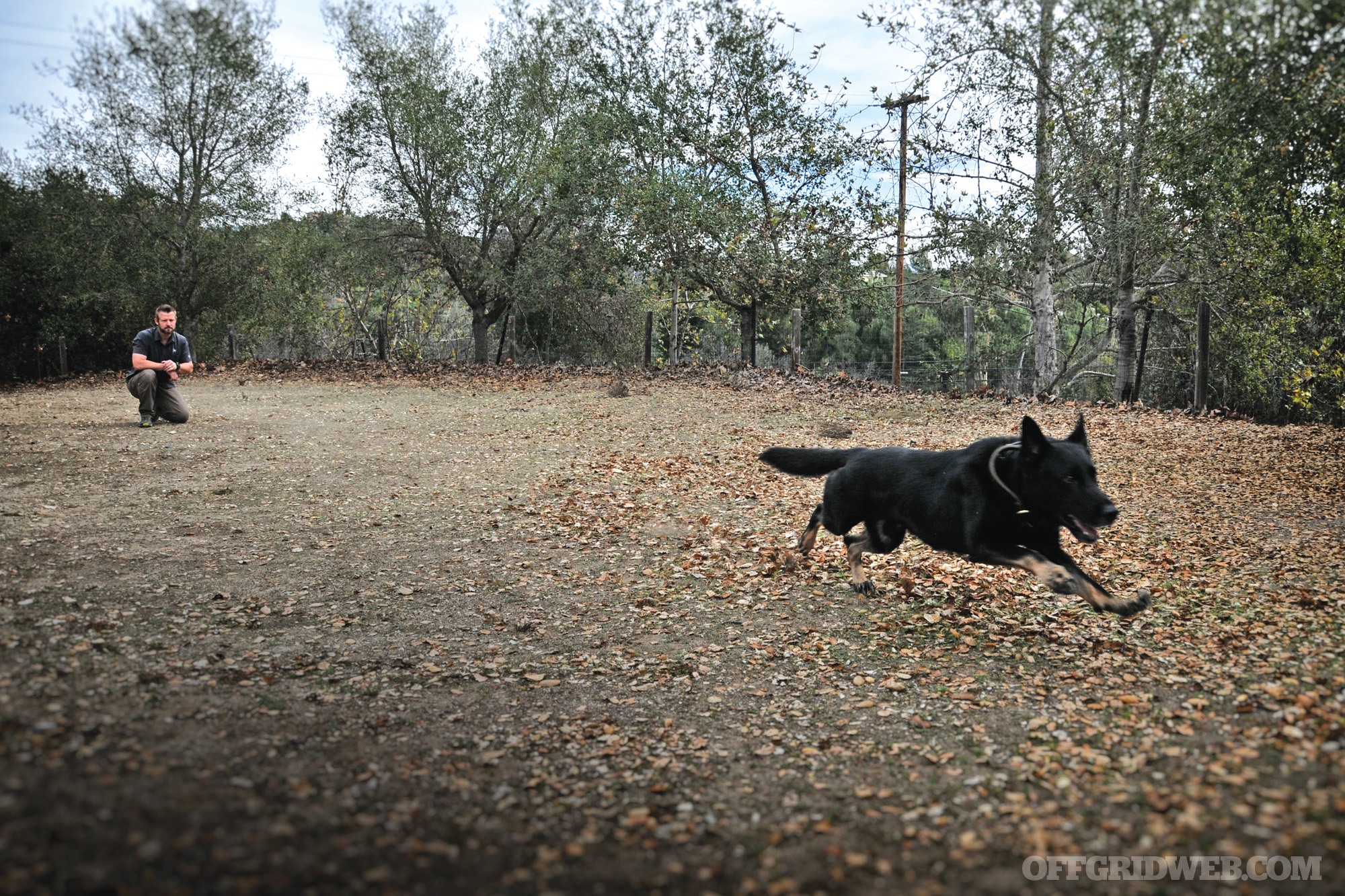
You know, we’re sort of inadvertently making it sound like the breeds you mentioned are the world’s toughest and smartest dogs. What would you say to someone who is tempted to run right out and get one for protection or even as a household companion?
JF: The first thing I tell people — and people do ask me this — is just because I’m telling you what I believe to be the best working dog doesn’t mean that it’s the best family dog for every family. It’s similar to going out and buying a gun for your family. If these dogs are genetically gifted to do protection, they also need to be trained to a higher level where they understand how to turn it off.
We’re saying that naturally they’ve been genetically produced and selected, and know how to protect themself, their family, and their dwelling, but that also comes with a great deal of responsibility that says they need to be able to turn it off. Who’s going to teach them that? Well, the pack leader is. But what if the pack leader doesn’t? Or what if there are too many people in the pack and some of them are consistent, while others are not?
Although they might be one of my favorite types of dogs, it doesn’t mean that I think everyone who wants extra protection and has a family or whatever should run out and get one. There’s nothing wrong with it, but there needs to be a lot of careful thought about why you’re getting it and what the genetics are like. You need to evaluate the puppy as well because you could take two dogs and make eight puppies, but it doesn’t mean all those puppies are the same — they certainly aren’t. I’m also picky about the parents. If I don’t like the parents, I’m definitely not going to like the puppies. The short answer is, don’t just do it because someone like me said these dogs are smart and protective. I like SIG SAUER and Glock, but that doesn’t mean everyone should go out and buy one.
If you had three wishes to address the homeless dog crisis we have in this country, what would they be?
JF: First is accountability for the humans. When people take ownership of a dog they should be a lot more accountable. The other thing is I wish we could find a lot more places to use these dogs. I’ve tried my entire career, and am still open to it, even though the success rate is low. We just went and evaluated a dog six hours away in a shelter because it was a German Shepherd, and the people there thought it might make a good working dog. It’s probably not going to be for us, but it’s still worth looking. I also wish we had a way to educate the people who are adopting these dogs on how to make these dogs behave better so they don’t return them to shelters. I thoroughly believe that if we had dogs in the shelter and rescue system that were better behaved, didn’t pull people down the street, and didn’t bark at other dogs, I don’t think there’d be a lot of dogs left in the shelters.
Do you think dogs really sense fear in humans?
JF: I don’t think dogs necessarily have all the emotions and feelings we think they do. I think they’re much simpler than that, which is probably a reason why I really love them. I’m pretty simple myself. If you take three dogs, you’re going to get three different reactions to the same exact fear coming from a human being. What I do think is that dogs definitely recognize, probably as good as any animal on this planet, different body languages and different demeanors from people very quickly. That’s how they survive as dogs. They’re the world’s best at body language. There are stories about dogs doing things like detecting cancer.
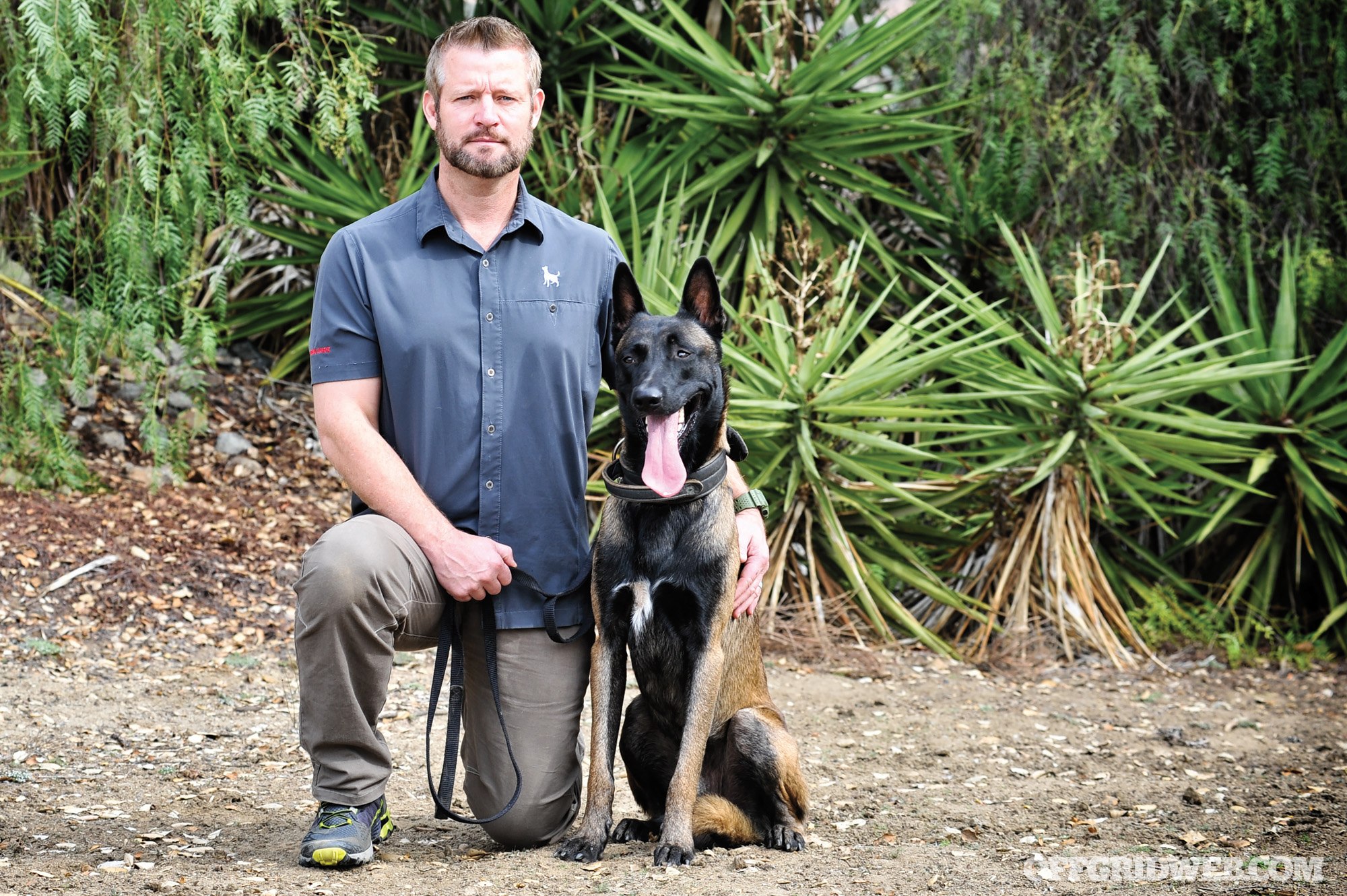
What are some things you’ve learned that dogs can do that really surprised you?
JF: I think one of the most interesting things that I’ve seen a dog do was go into a particular area and find an object of some kind. Once they had this object, they could go to a group of people and identify what person that object belonged to. That’s not just a good nose. That takes a pretty progressive thinking and learning process to put that many things together. We don’t even have machines or robots that can do that. Humans can’t do that, but we teach dogs and they do it just for the fun of it. I haven’t seen many dogs do that, but the ones that can are pretty amazing because it wasn’t something they were genetically bred for.
What do you attribute the country’s rise in dog ownership to?
JF: Society has changed, even from the time I was a child or since my early years of dog training, at how we look at dogs. We put them to work a lot more and they get a lot of good press for that. We do a lot more in trying to make sure there’s no accidental dog bites, and there’s a lot done to prevent dog fighting. There are things out there we can do better to helping dogs out of shelters. You don’t see dogs as much now just tied off to a tree in the backyard, so society, for whatever reason over the last 20 years, has taken them on. There’s even TV shows about dog training — if you’d have told me that when I first started my career I’d have laughed at you.
I think a lot of that also comes from dogs being put to work in combat. People hear these stories and see these great things dogs are doing. I don’t like to say this because I don’t want people to take this wrong — I don’t think they’re humans, but we have humanized them much more. We don’t look at it anymore like, hey, it’s just a dog we’re going to put in the backyard with some food. People spend a crazy amount of money on dog stuff nowadays. If you look at PetSmart or Petco, these places are multi-billion dollar companies and on almost every corner besides Walmart.
How do you distinguish between an owner who spoils a dog or over-humanizes it and someone who is a good responsible owner?
JF: I think the difference is you can be as kind as you want to a dog. Me, for example, I love my dog to pieces. I think she’s amazing, I’ve had her since she was born, I’ve done stuff with her for over 10 years, and I’ll let her get away with things that people say, “Wow, I’m surprised you let her do that.” But it’s my decision when I let her do that. I’m also very, very consistent with her. People sometimes see proper dog handling as being too strict or wrong, but it’s actually wrong to be inconsistent. My dog knows exactly where I’m coming from. It’s always black and white.
Sometimes people don’t make rules black and white, and they think they’re being kind to the dog, but if you’re not consistent or black and white, then being overly nice is actually not being nice at all. It’s confusing the dog, so that’s the biggest way I separate it. If you want your dog to jump all over you, have fun, wrestle, play bite your arm, who cares? But in the next moment you can’t tell the dog to turn it off. If your neighbor walks in the yard and it starts doing the same thing to them and you start yelling at the dog, well, how’s the dog supposed to know? You have to be consistent on what you want the rules to be.
How do you think dogs could be critically valuable for a survival situation?
JF: If there’s civil unrest, my dogs are going to be on my team and hopefully keep us in the fight against the people who are causing the problems. Highly trained protection dogs are just another team member that’d help us win a fight, accomplish a goal, or defend our property, territory, or whatever it’s come to. My dog would become part of our protection team for our pack. If it were an earthquake or natural disaster, I could take my same dog and she could certainly help find people that were injured. Usually when there’s things like a natural disaster, people do stupid things like looting, so in that regard she could be protective as well, but if there’s a natural disaster I’d put her to work helping other people.
Jeff Franklin Bio
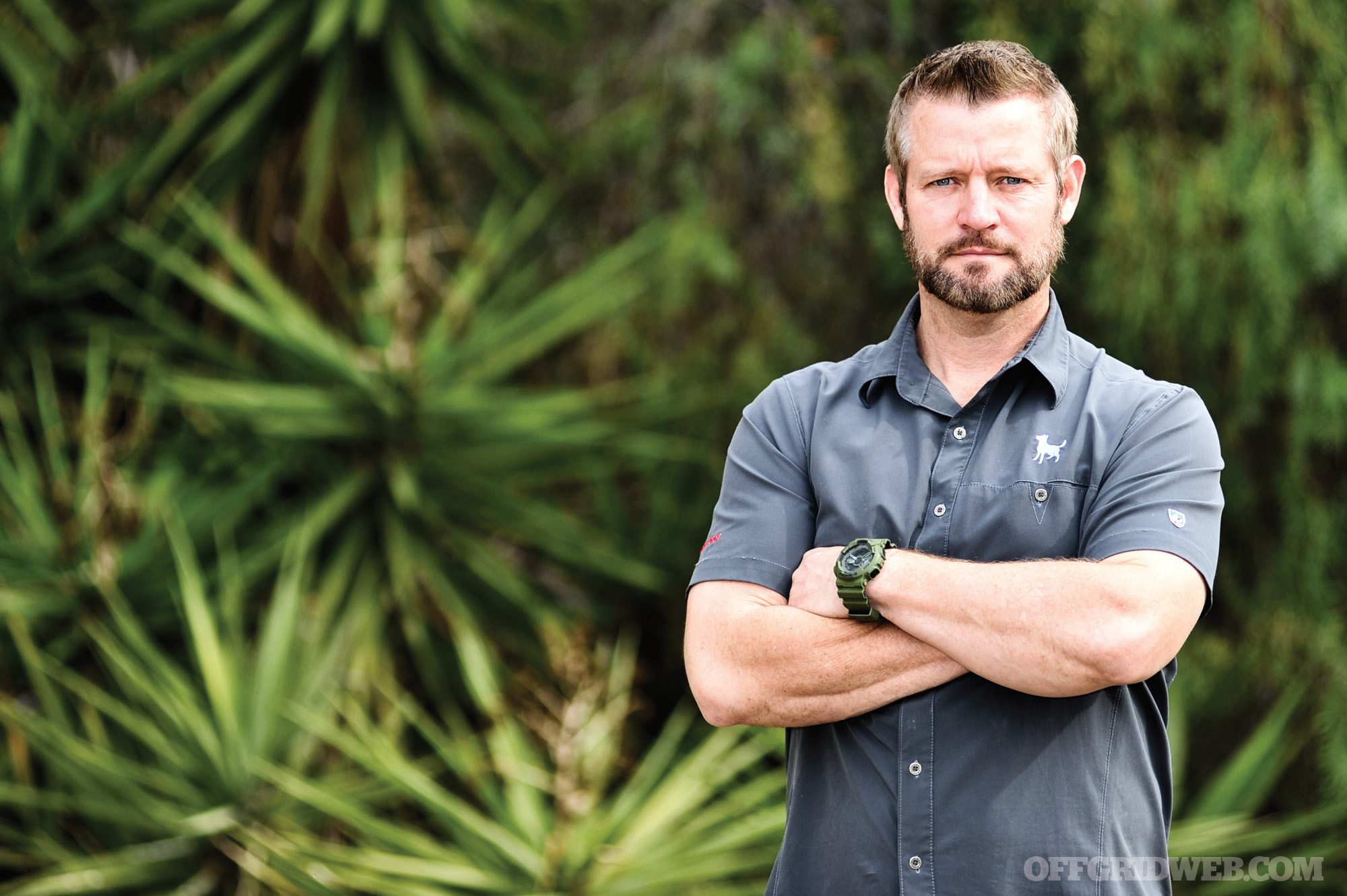
Age: 47
Hometown: Virginia Beach, Virginia
Service History: United States Marine Corps; police SWAT dog handler and trainer for Louisville Metro PD; K-9 handler and trainer for Bardstown PD; deputy sheriff for Jefferson County Sheriff’s office
Required Reading List:
- Roberts Ridge: A Story of Courage and Sacrifice on Takur Ghar Mountain by Malcolm MacPherson
- Touching the Dragon: And Other Techniques for Surviving Life’s Wars by James Hatch and Christian D’Andrea
- Brothers Forever: The Enduring Bond between a Marine and a Navy SEAL that Transcended Their Ultimate Sacrifice by Tom Sileo and Col Tom Manion
- Dogs of War by Sheila Keenan and Nathan Fox
- Sergeant Rex: The Unbreakable Bond Between a Marine and His Military Working Dog by Mike Dowling
- Top Dog: The Story of Marine Hero Lucca by Maria Goodavage
- For Love of Country: What Our Veterans Can Teach Us About Citizenship, Heroism, and Sacrifice by Howard Schultz and Rajiv Chandrasekaran
- Craig & Fred: A Marine, A Stray Dog, and How They Rescued Each Other by Craig Grossi
Favorite Quote: “All gave some and some gave all.”
Favorite Band: Linkin Park
Last Meal Request: Turkey
URL: cobracanine.com
Jeff's EDC Gear
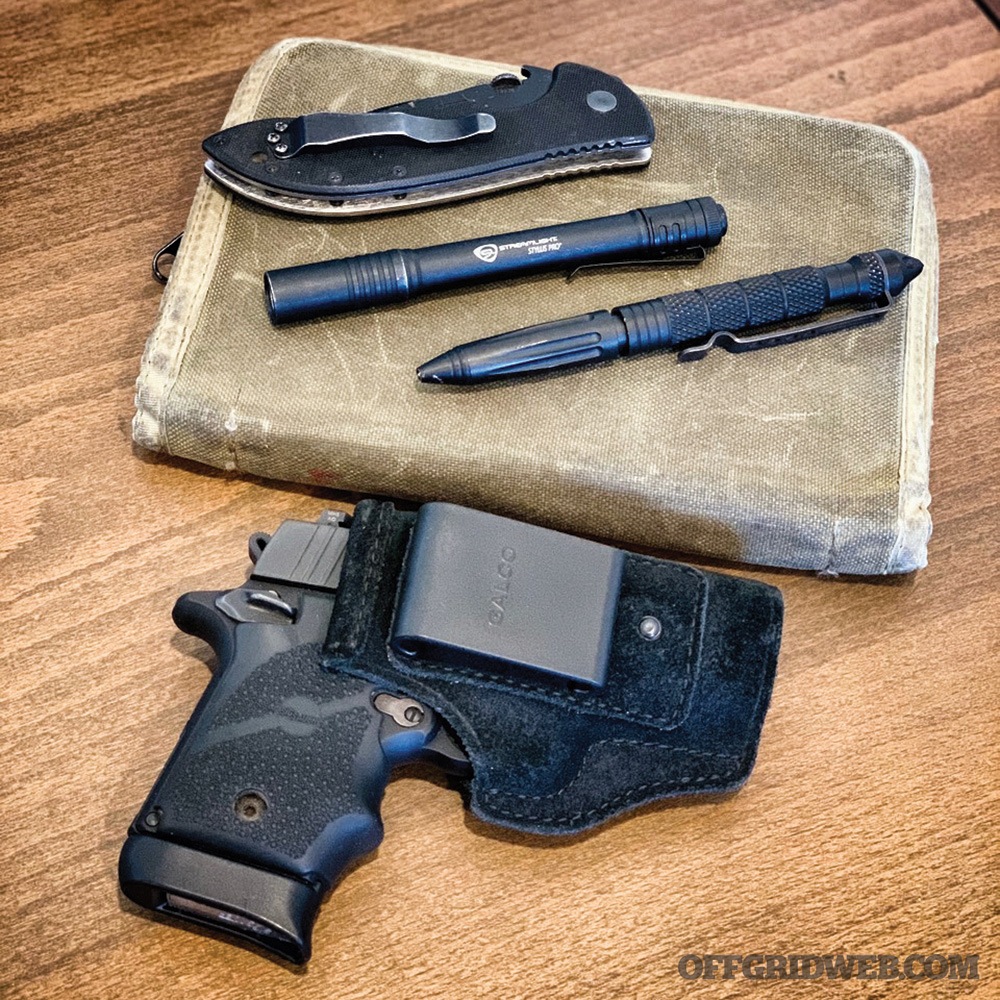
- SIG SAUER P938
- Galco holster
- Emerson Commander folding knife
- Streamlight Stylus Pro flashlight
- Rite in the Rain notebook, Cordura cover
- Tactical pen
More From Issue 32
Don’t miss essential survival insights—sign up for Recoil Offgrid's free newsletter today!
Read articles from the next issue of Recoil Offgrid: Issue 33
Read articles from the previous issue of Recoil Offgrid: Issue 31
Check out our other publications on the web: Recoil | Gun Digest | Blade | RecoilTV | RECOILtv (YouTube)
Editor's Note: This article has been modified from its original version for the web.

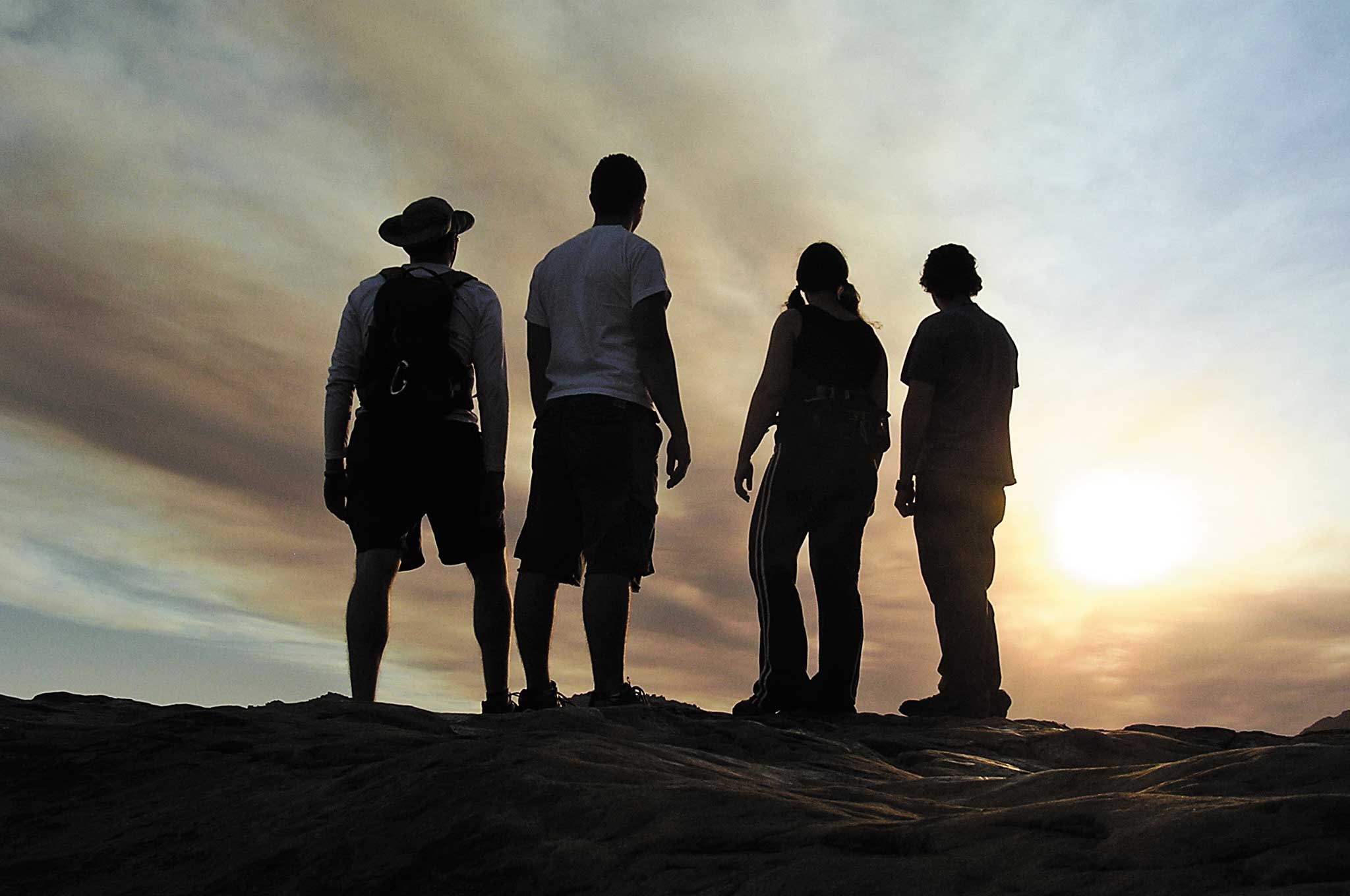








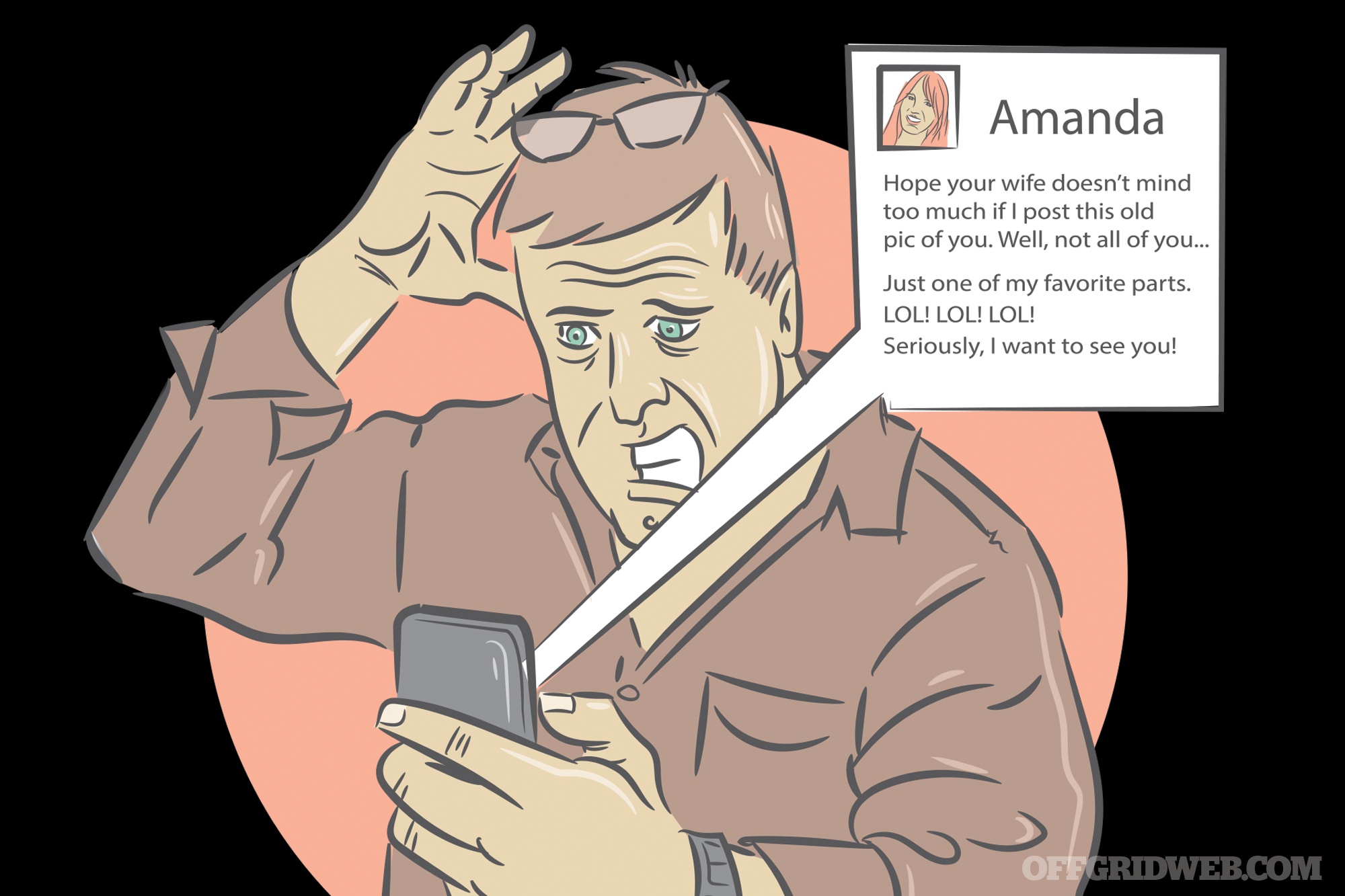

 Tim MacWelch
Tim MacWelch Hana L. Bilodeau
Hana L. Bilodeau